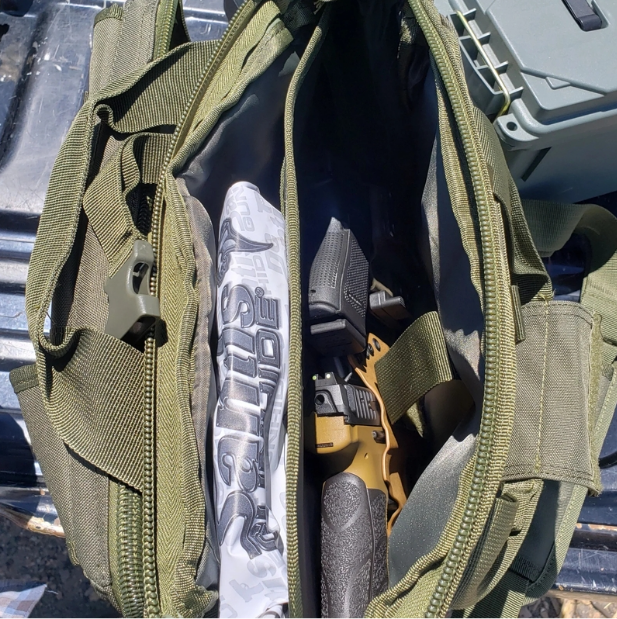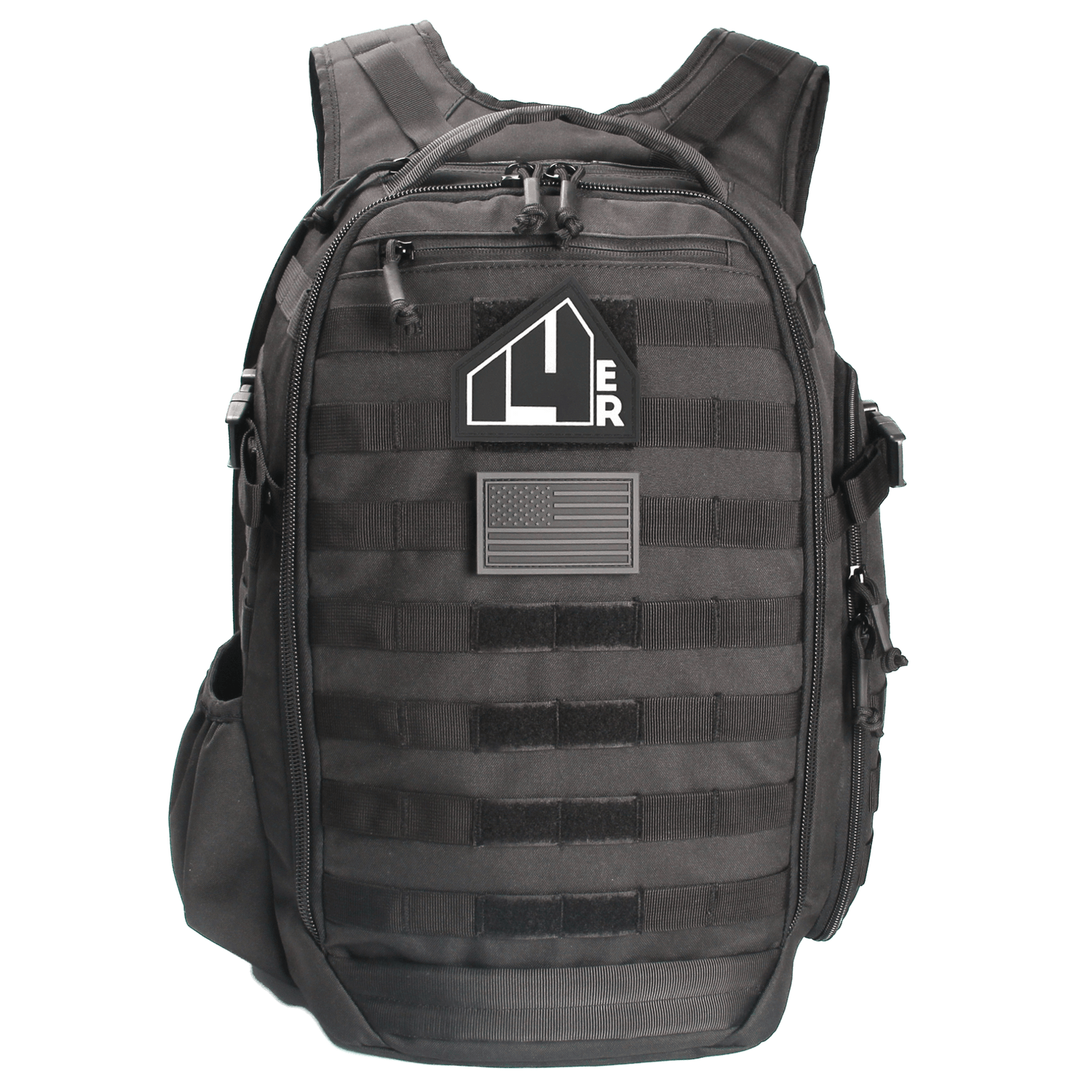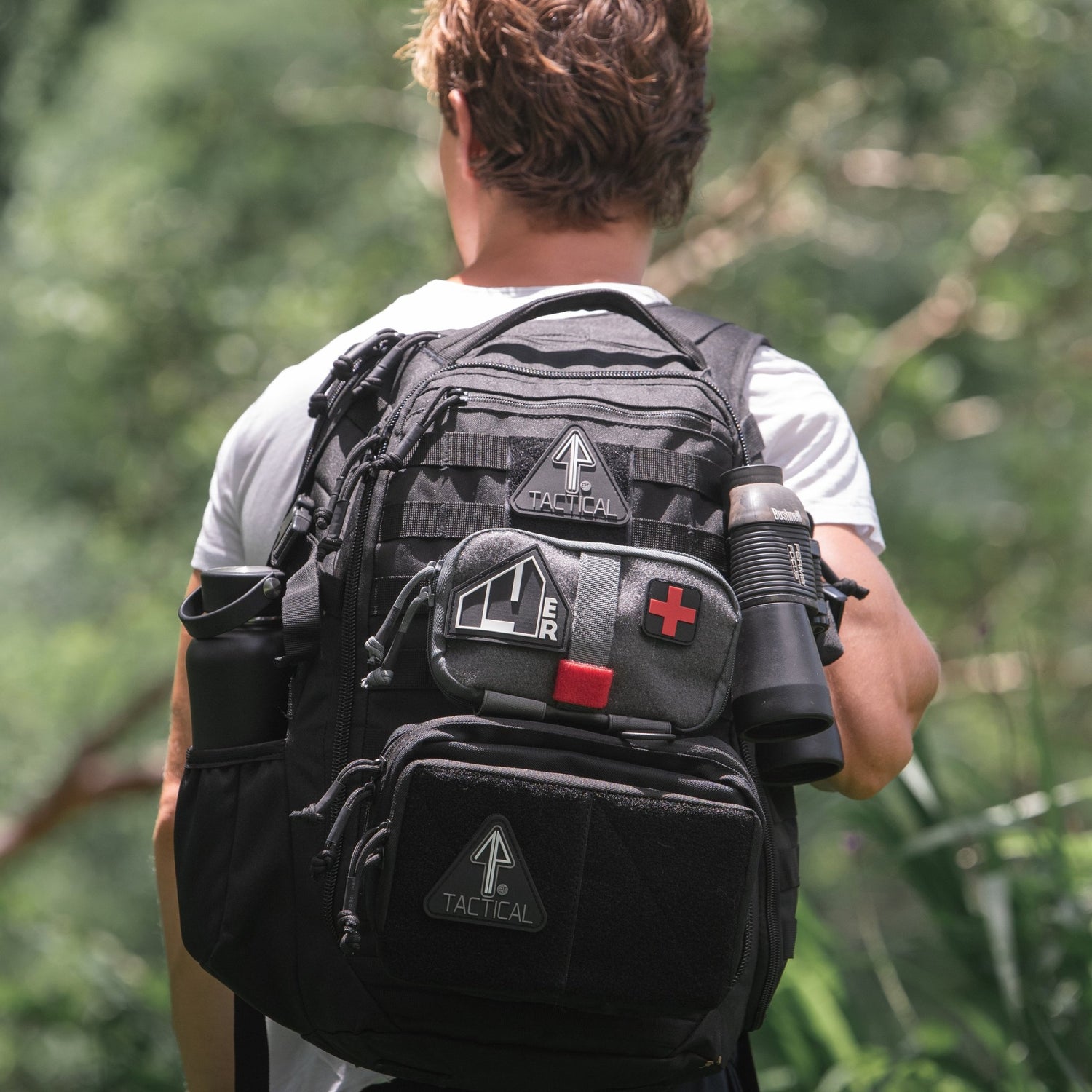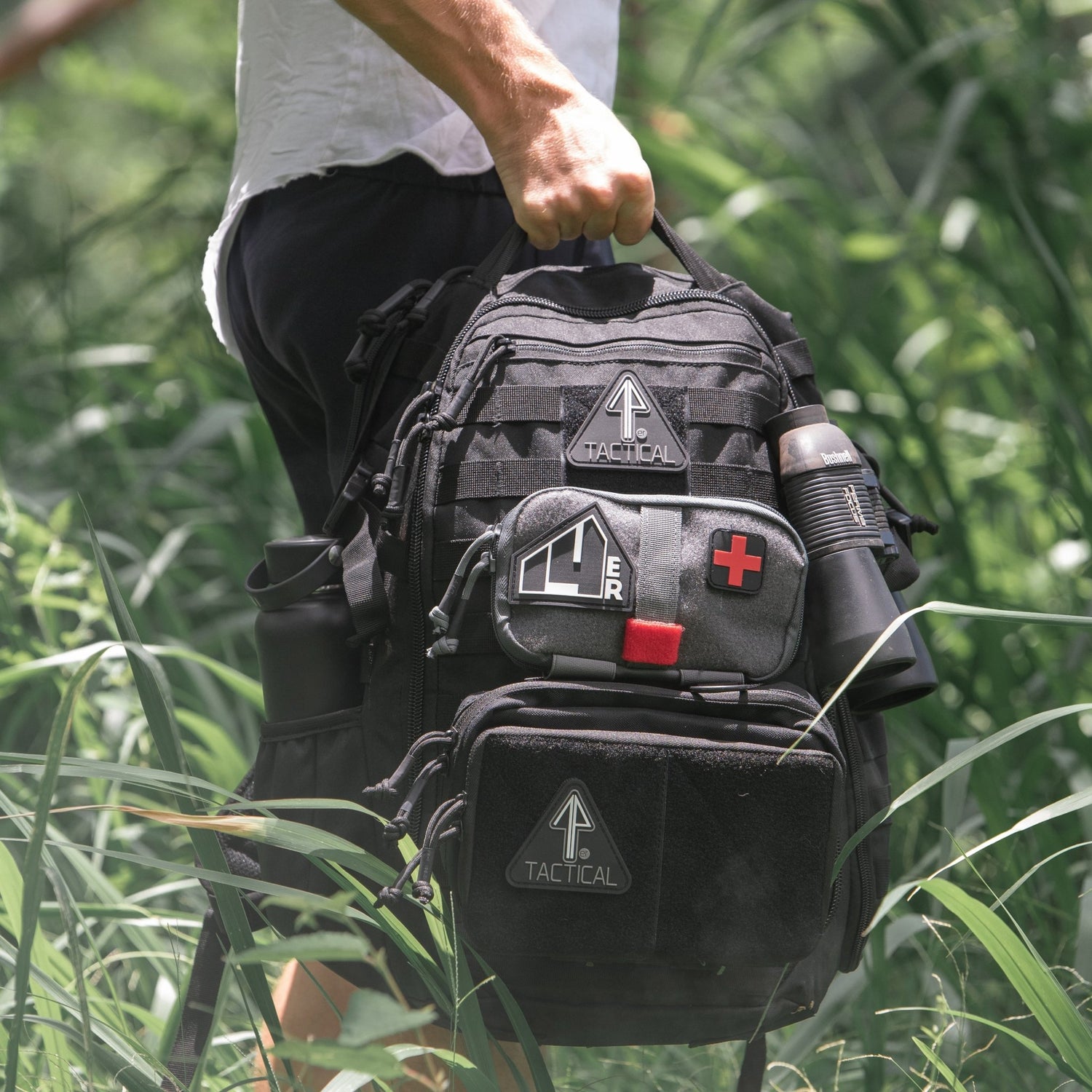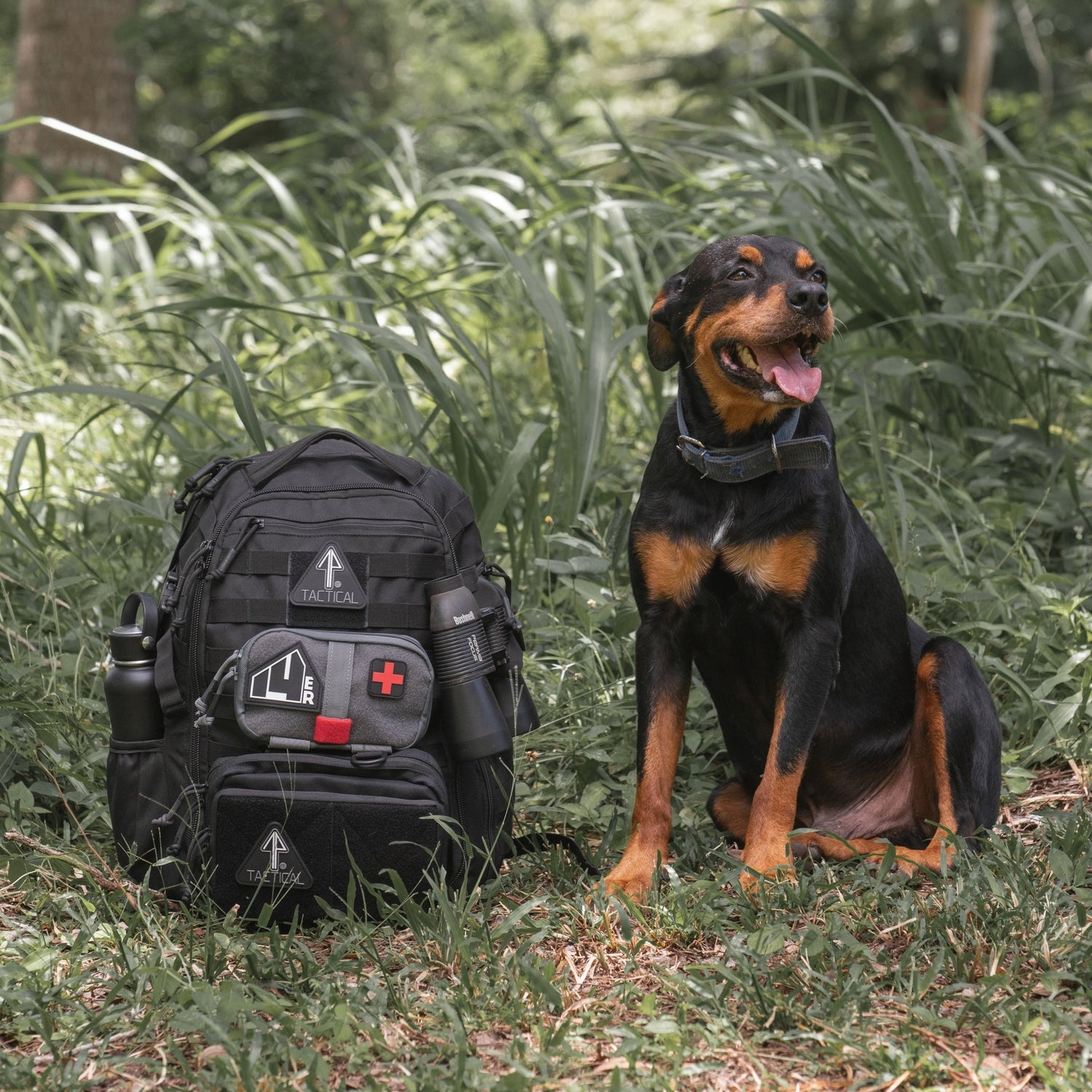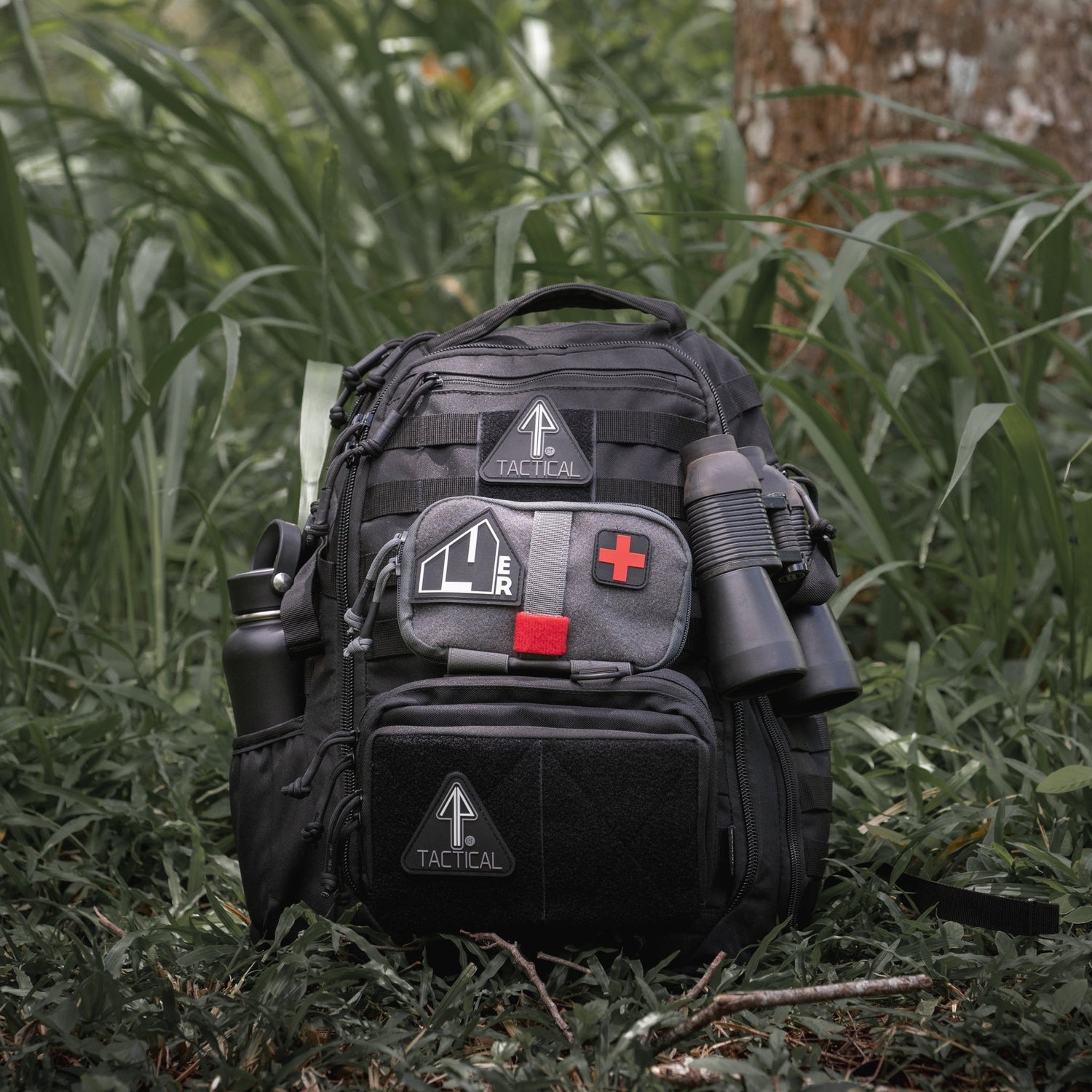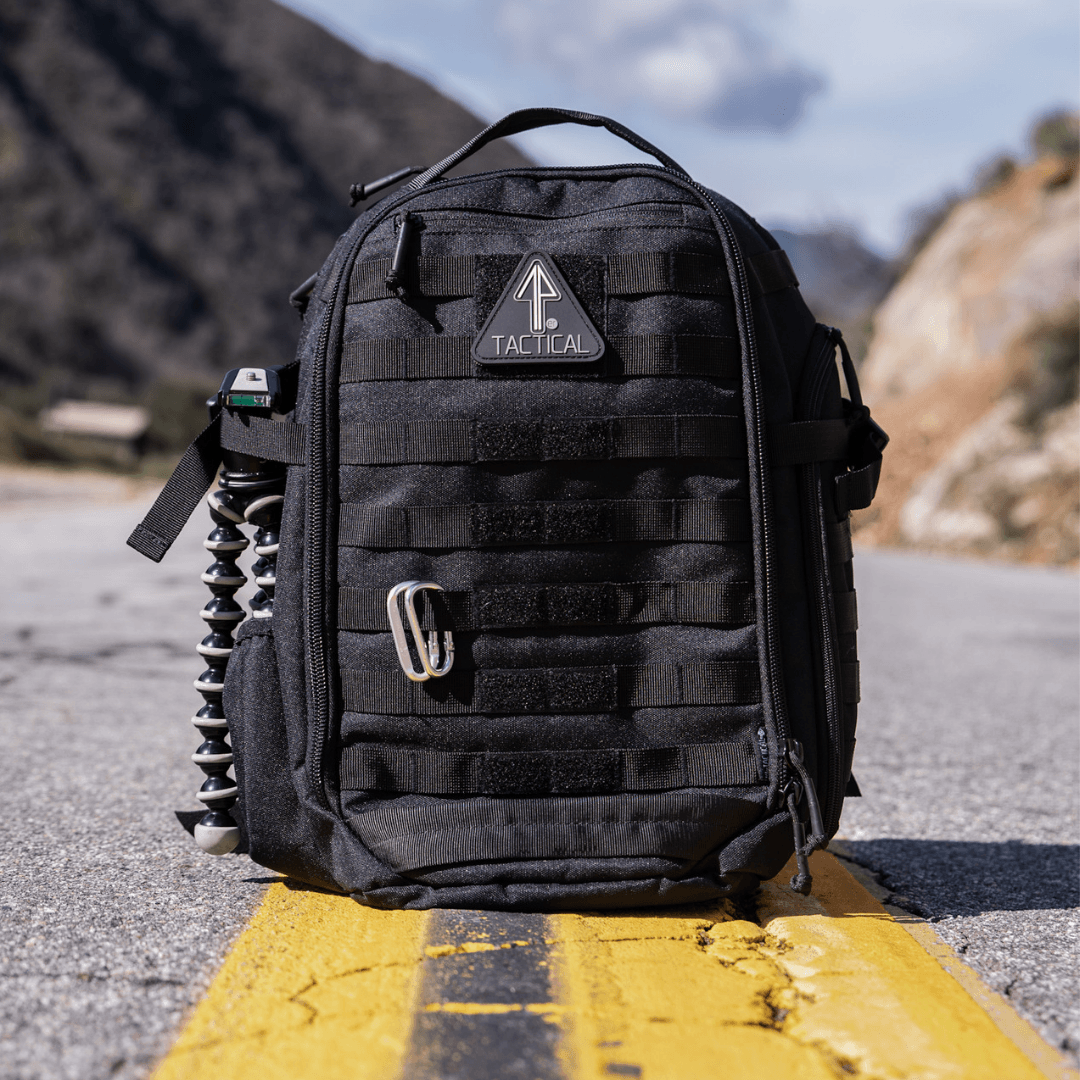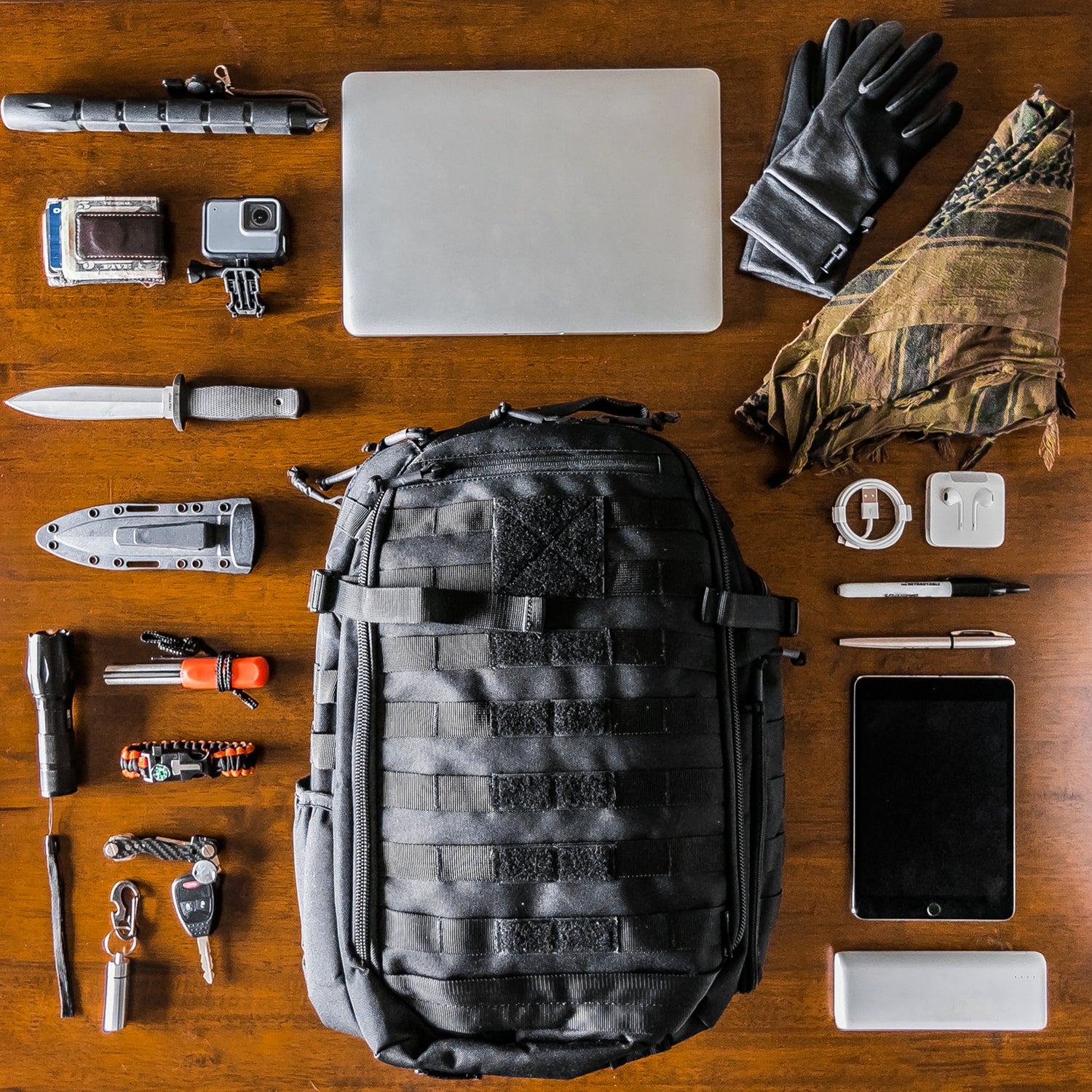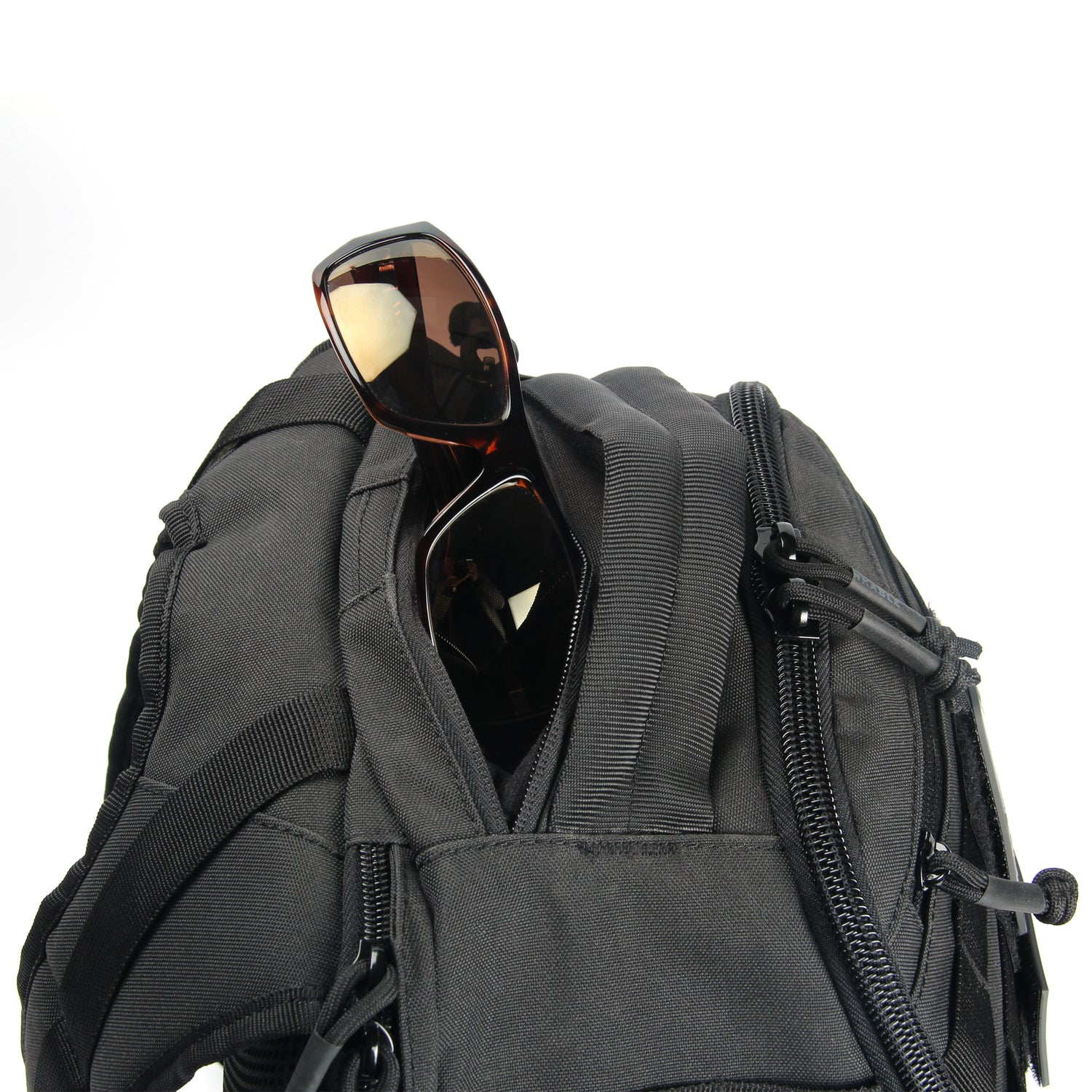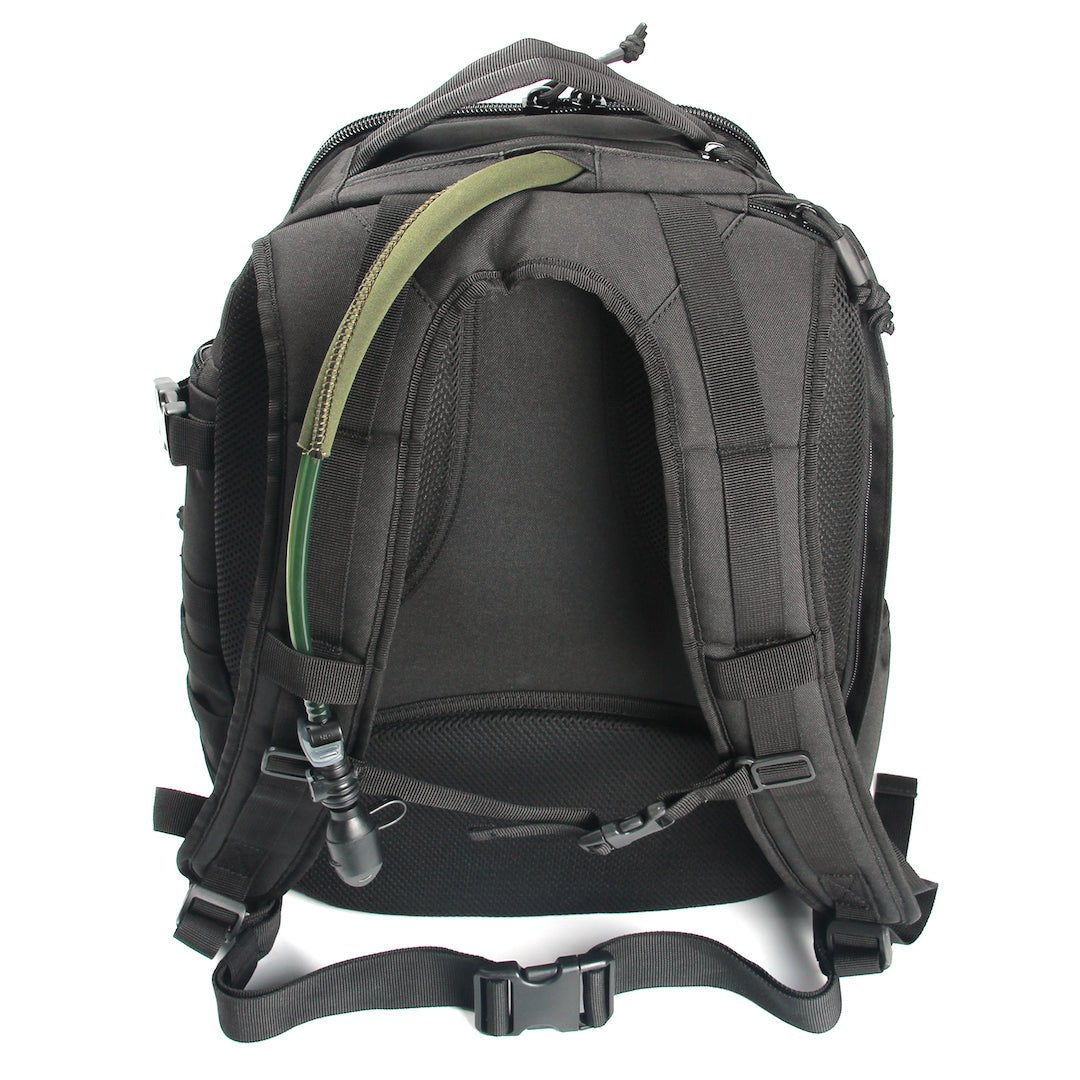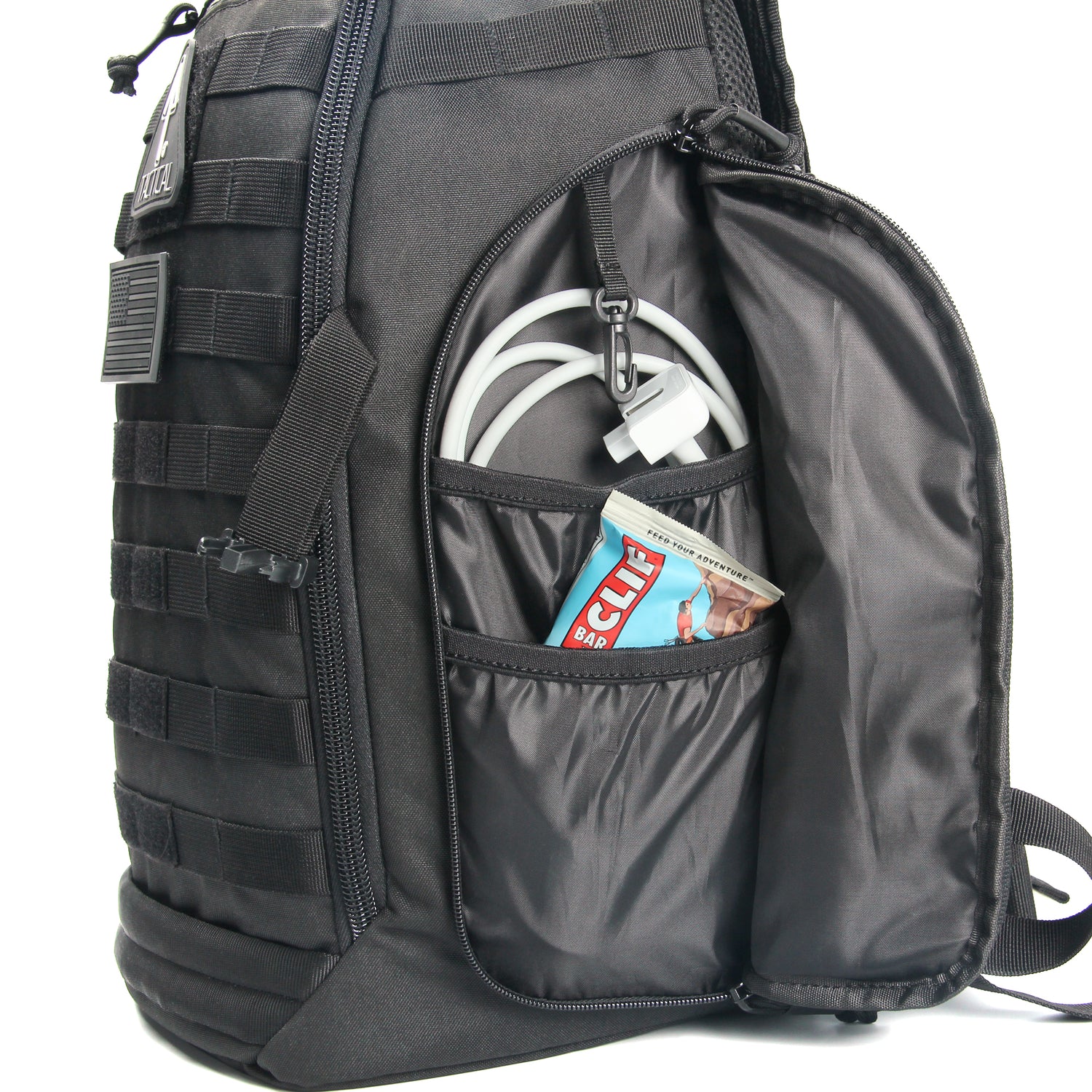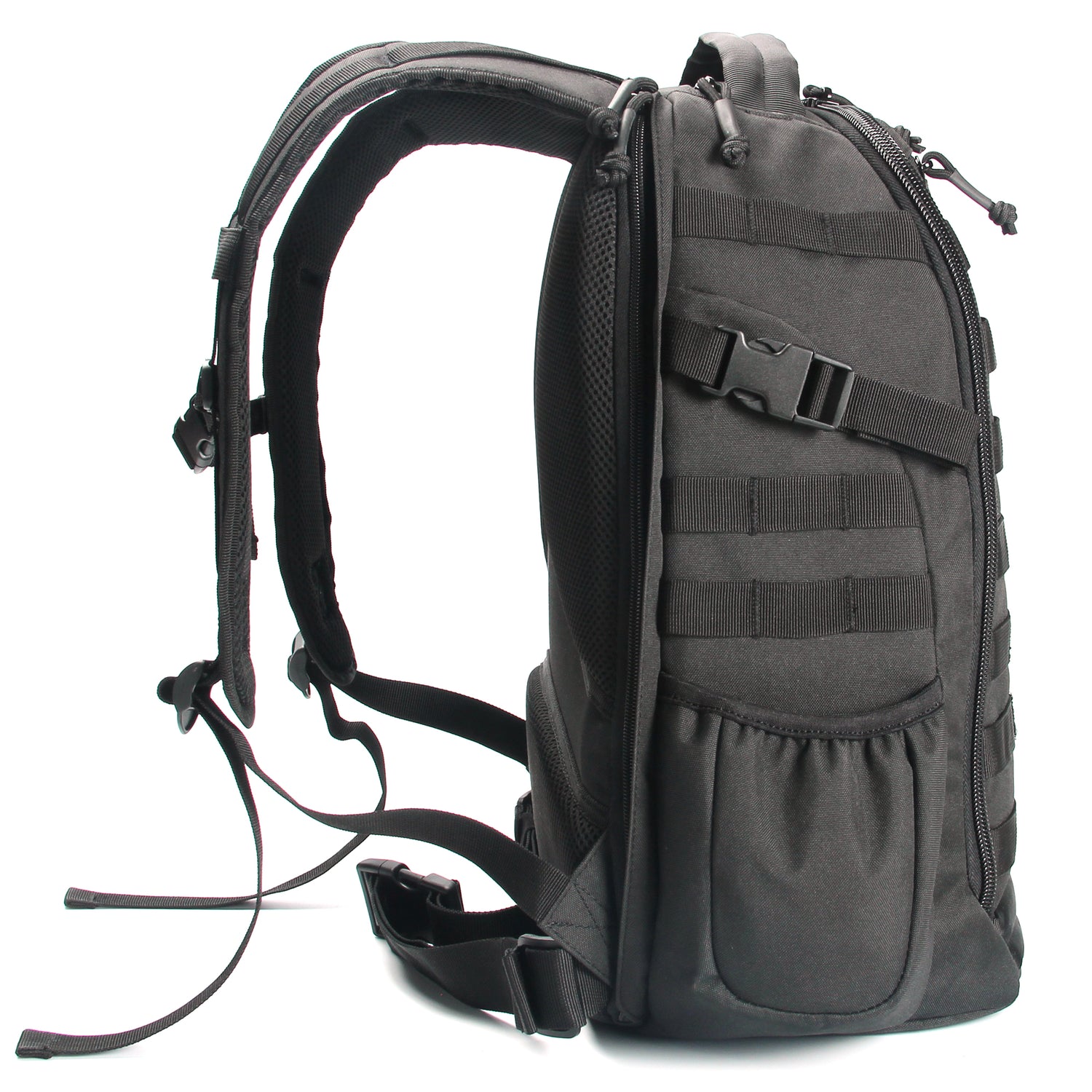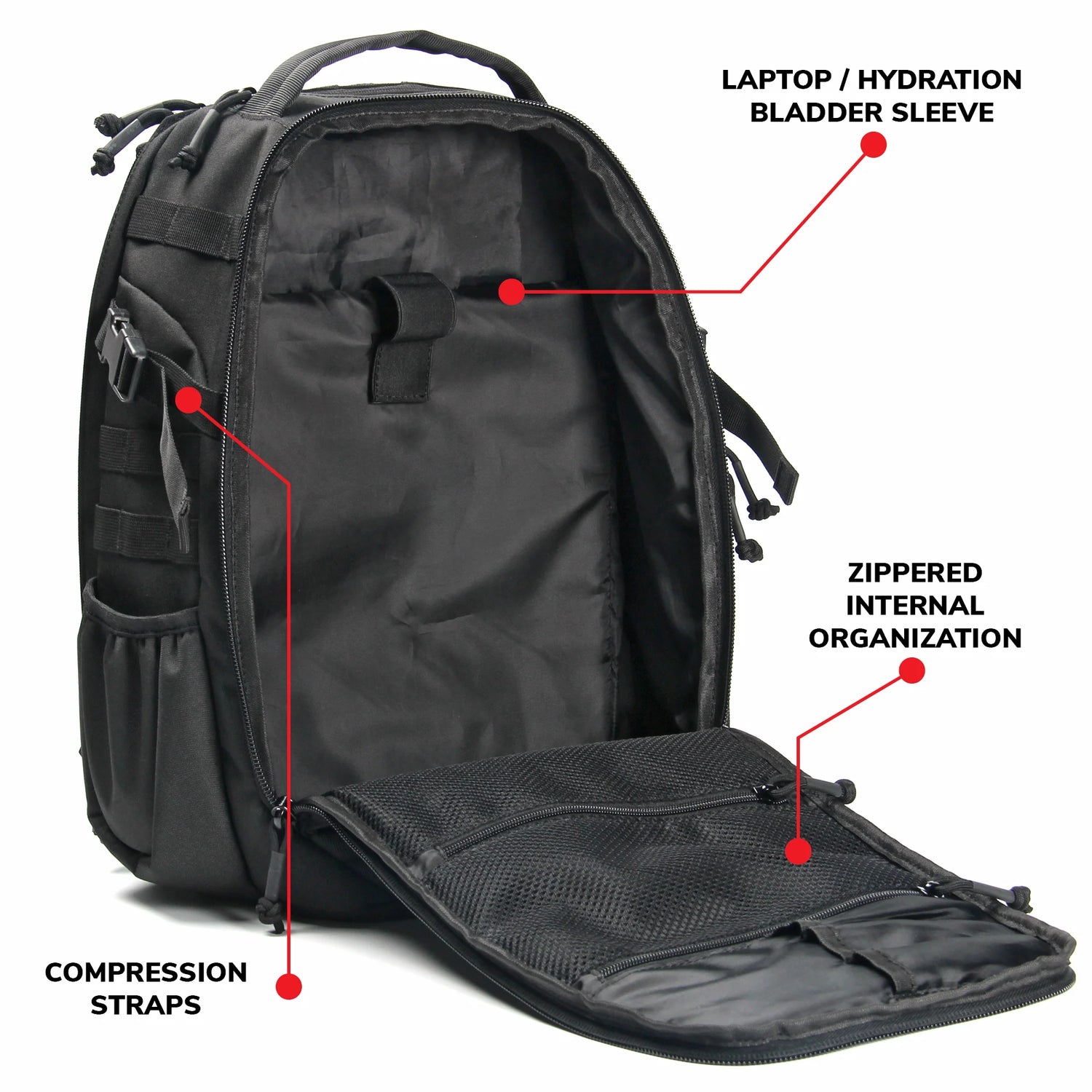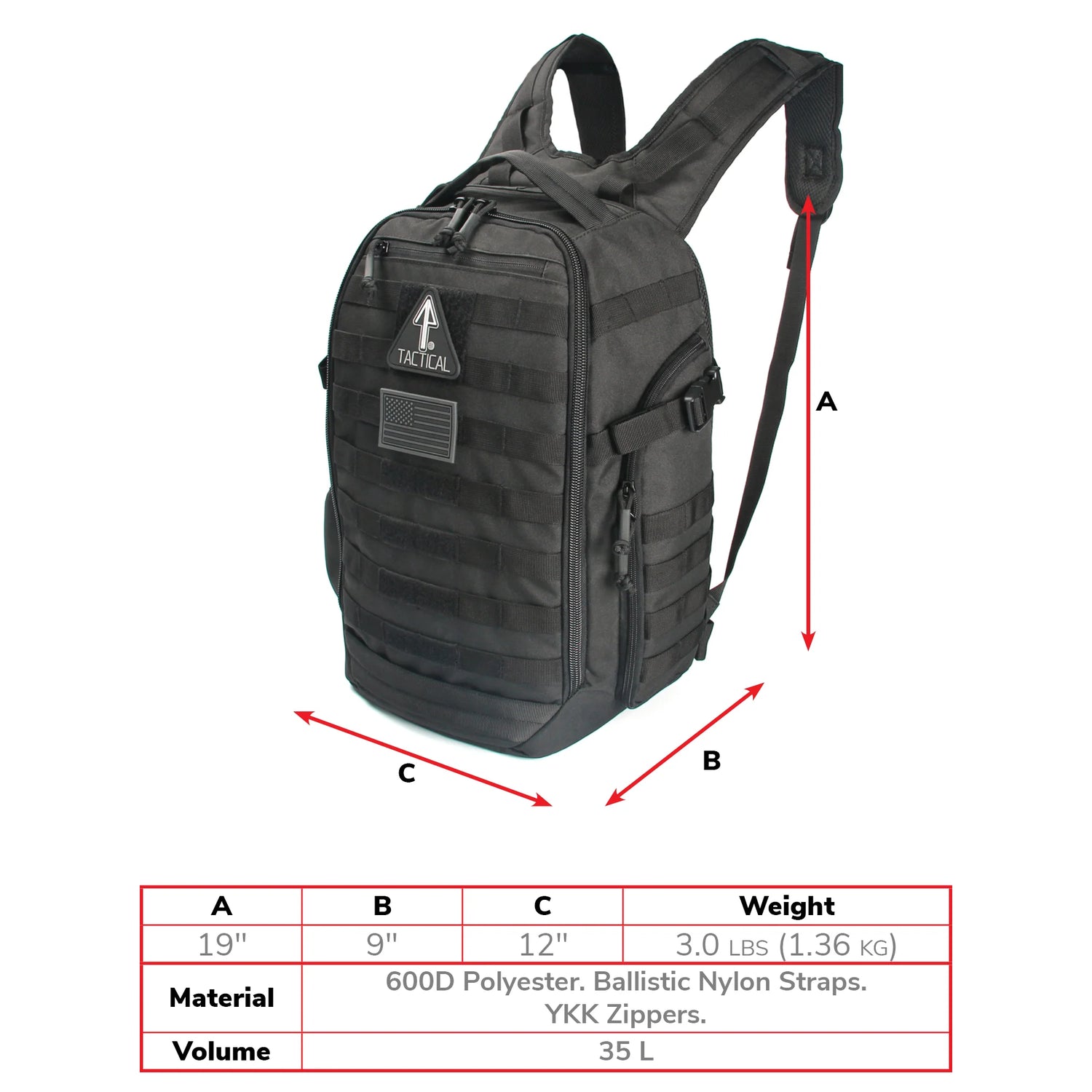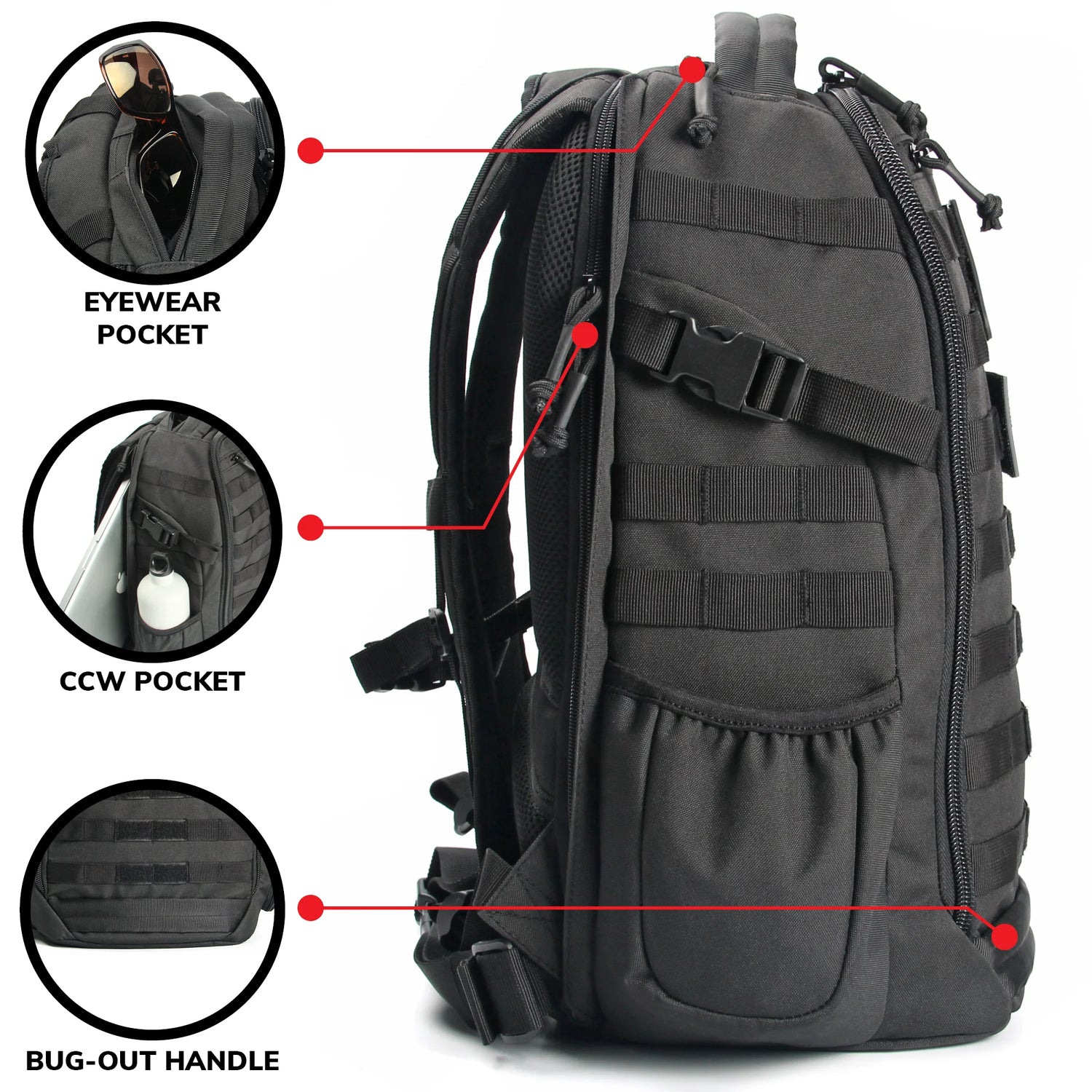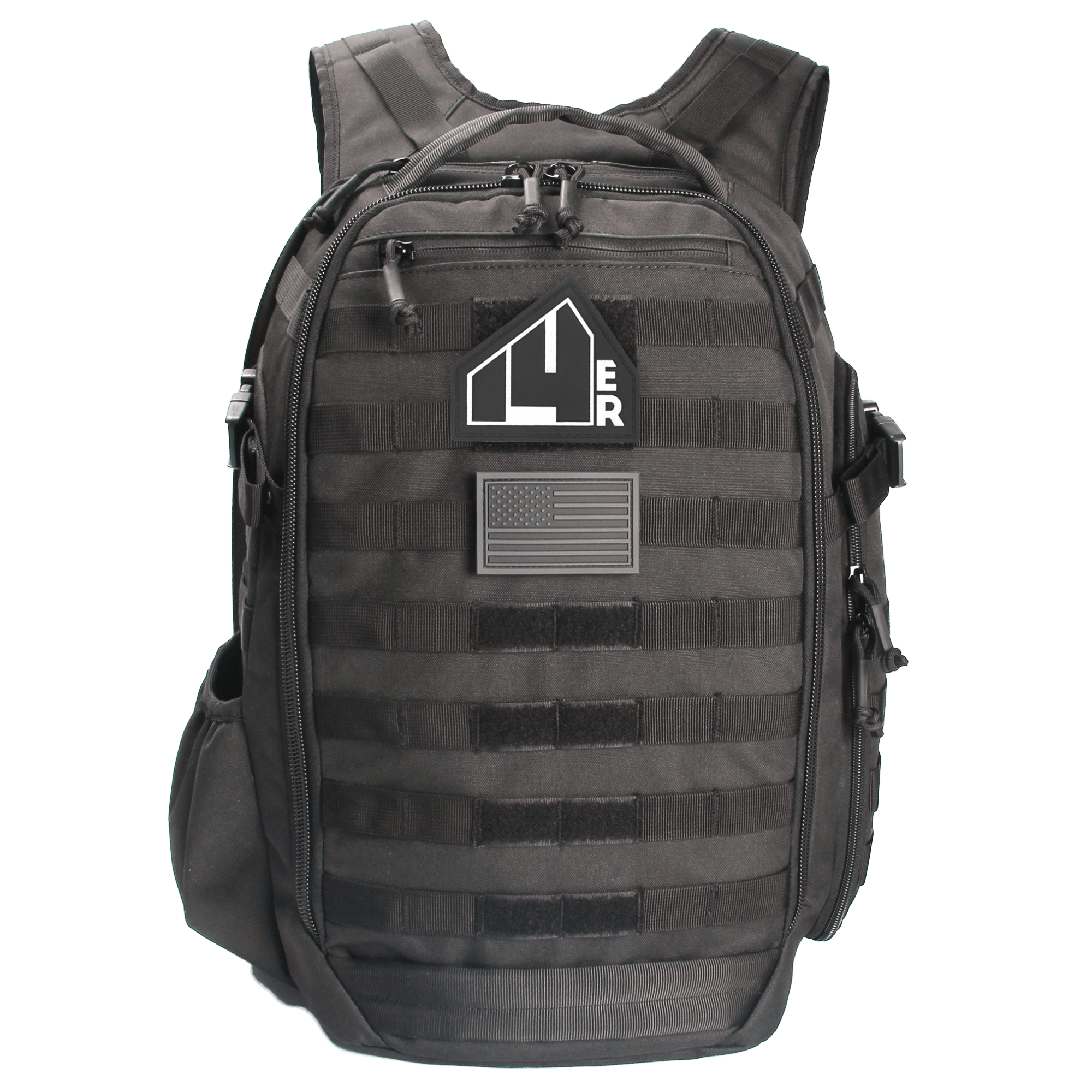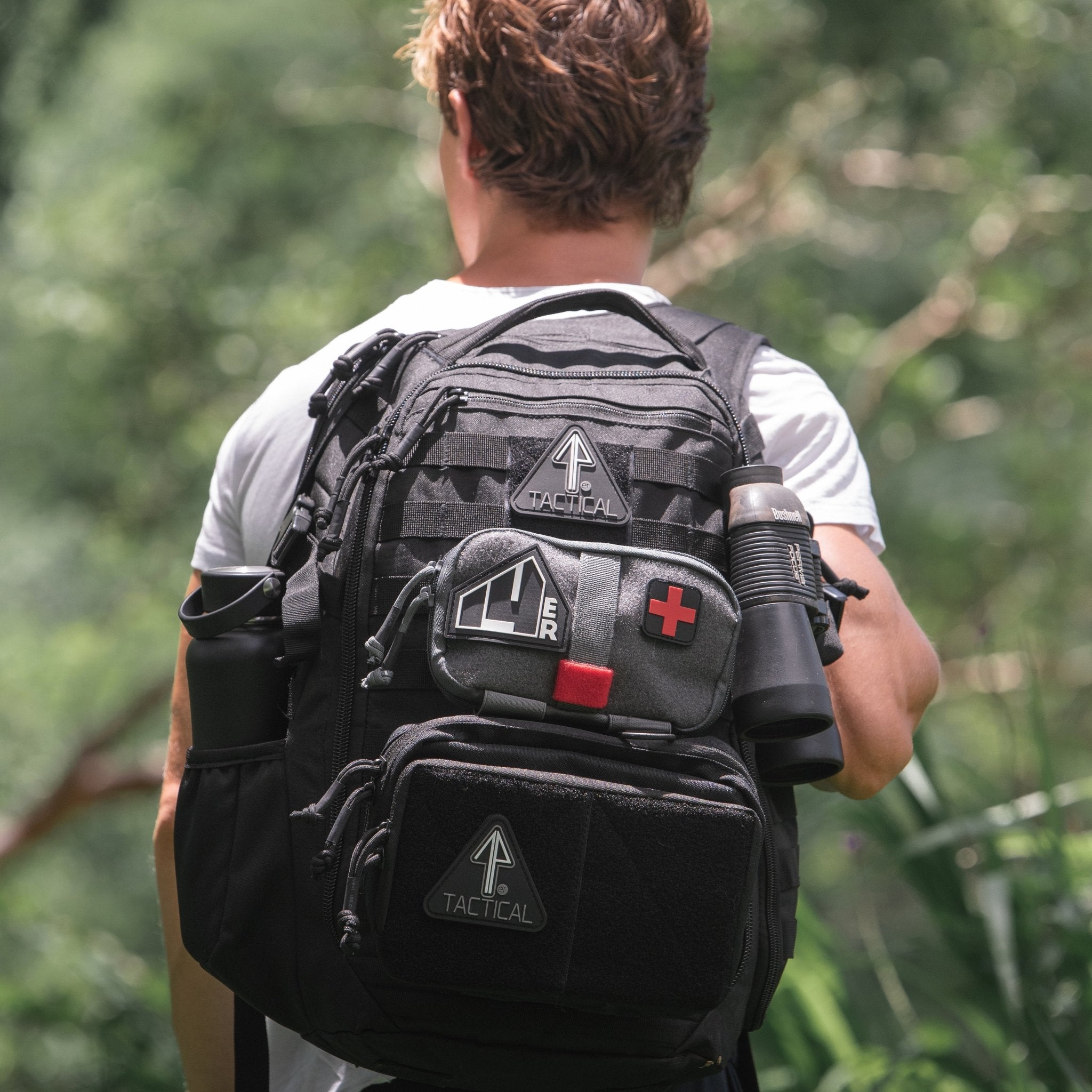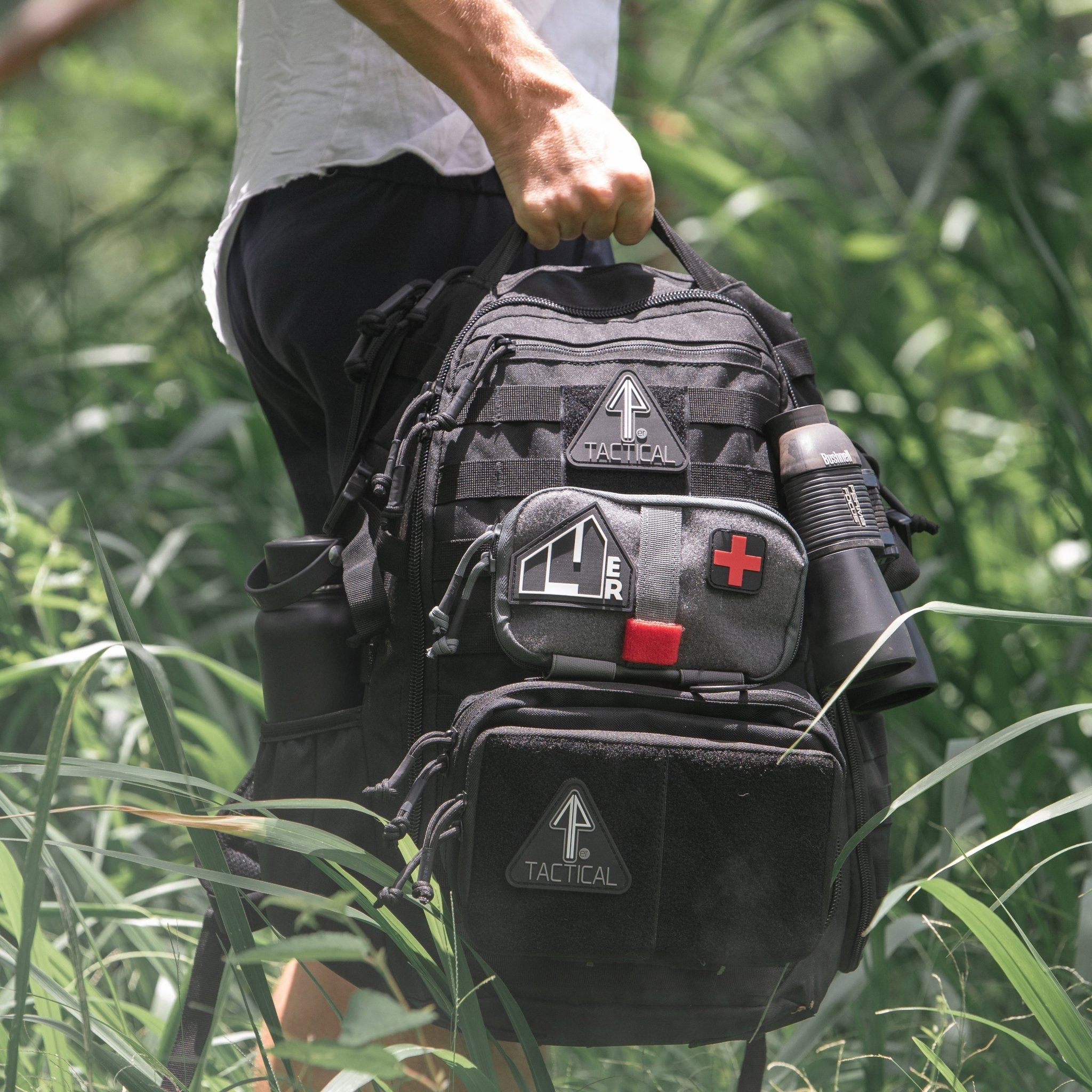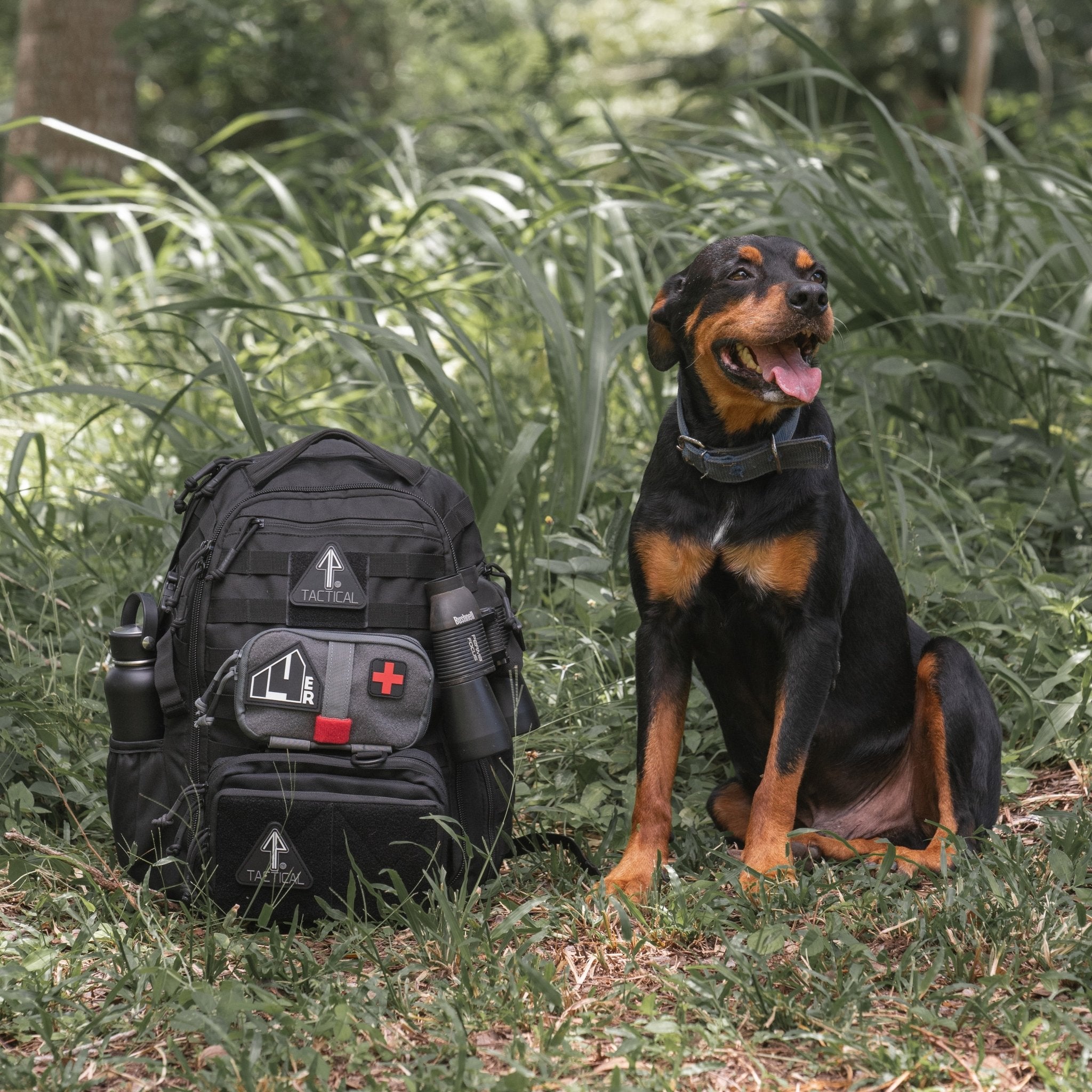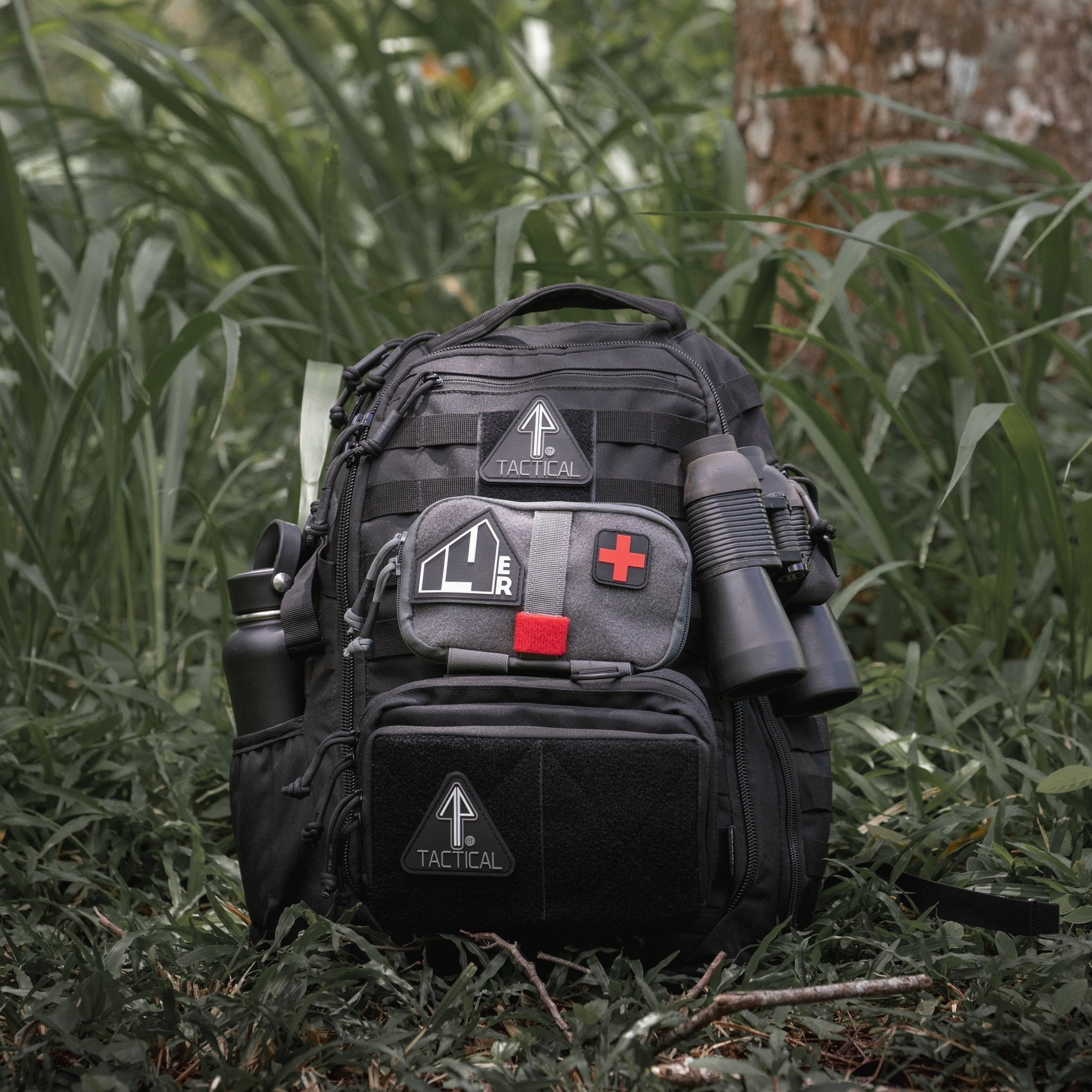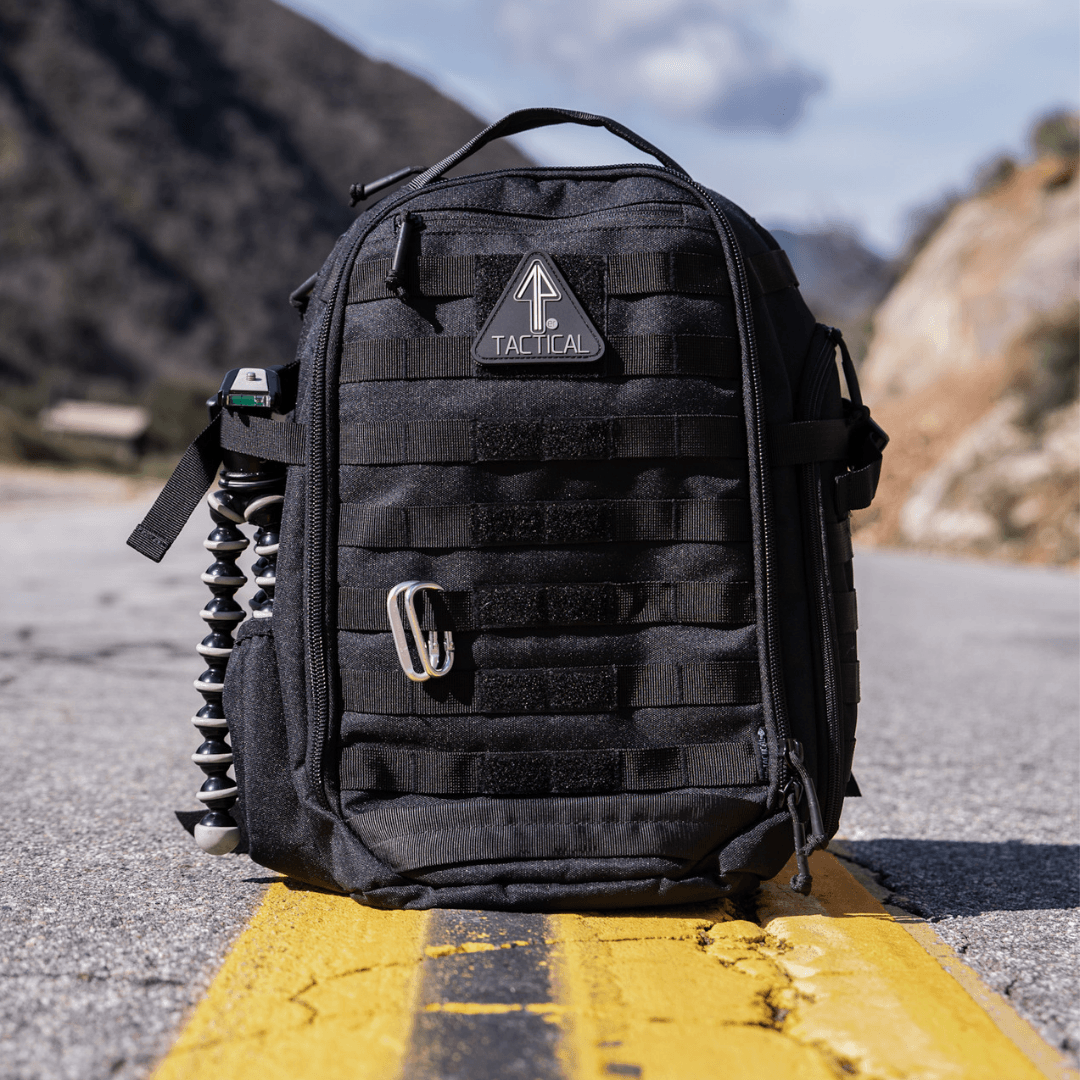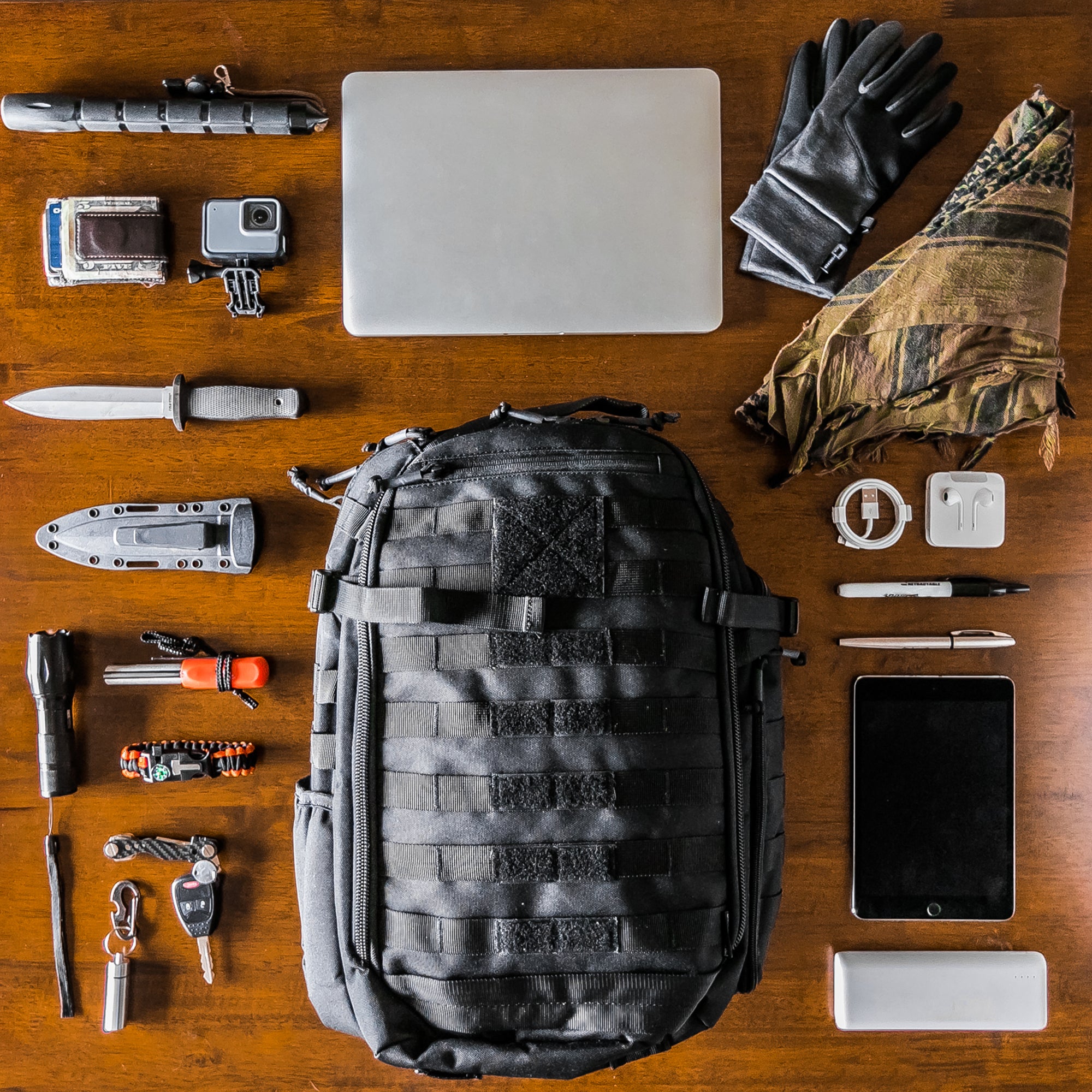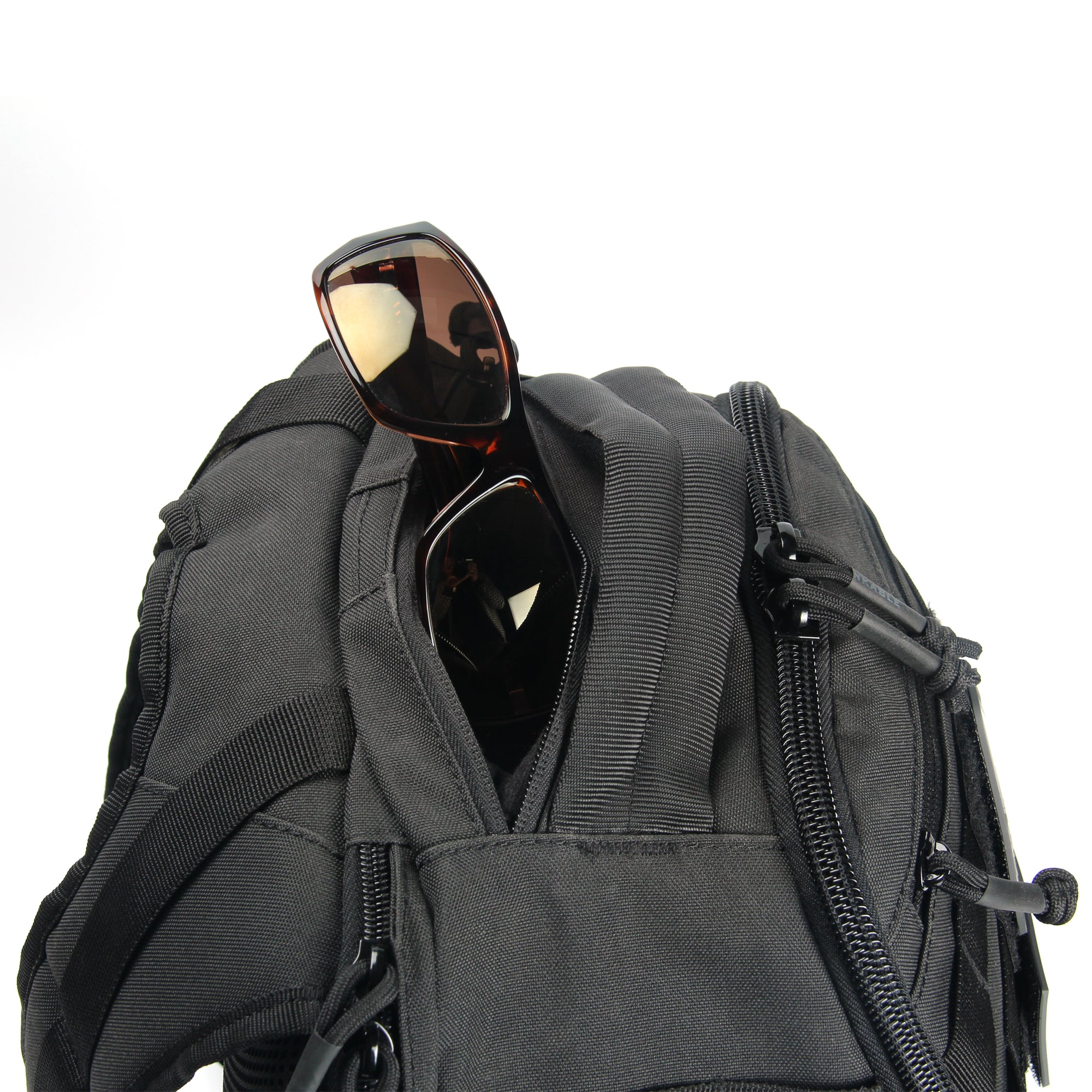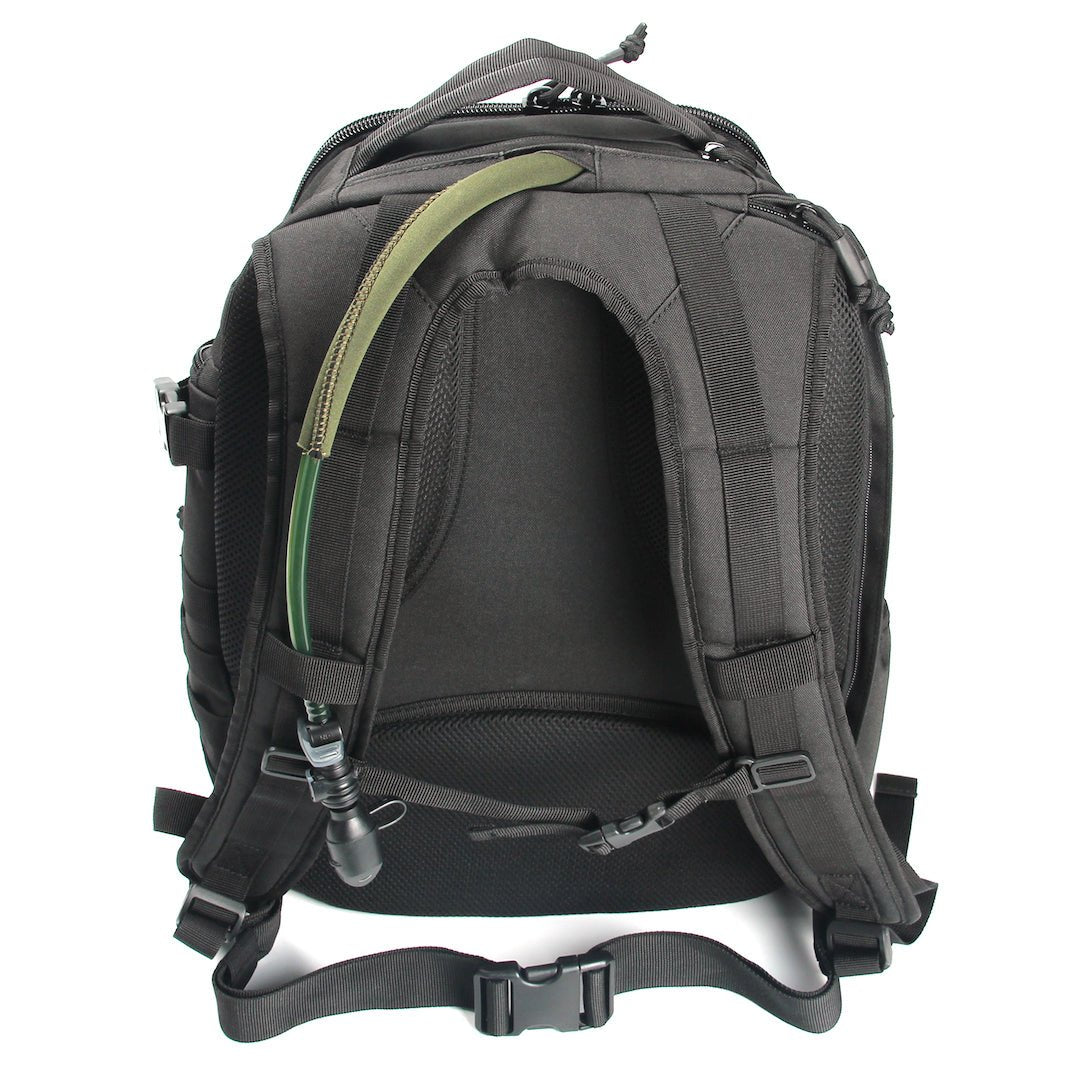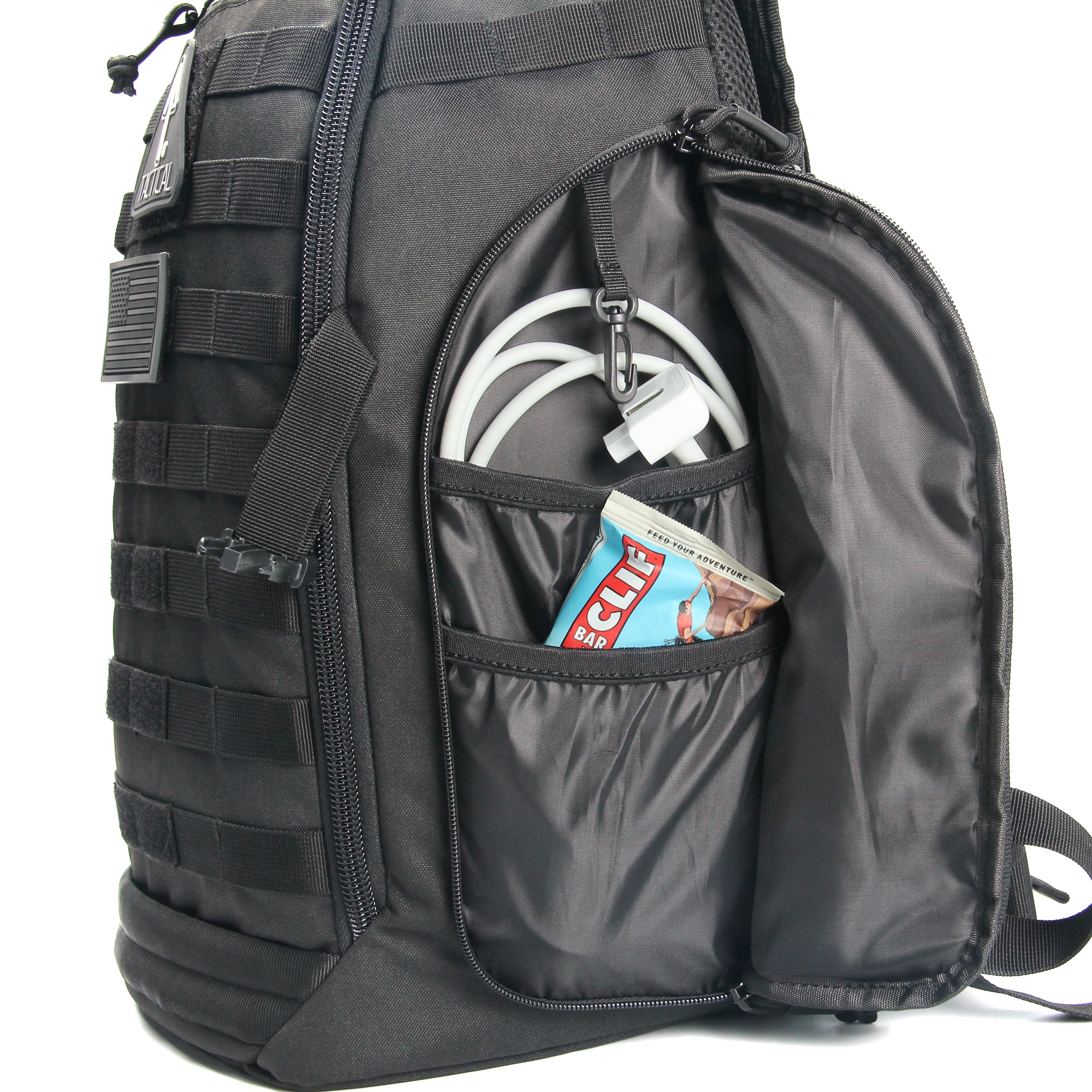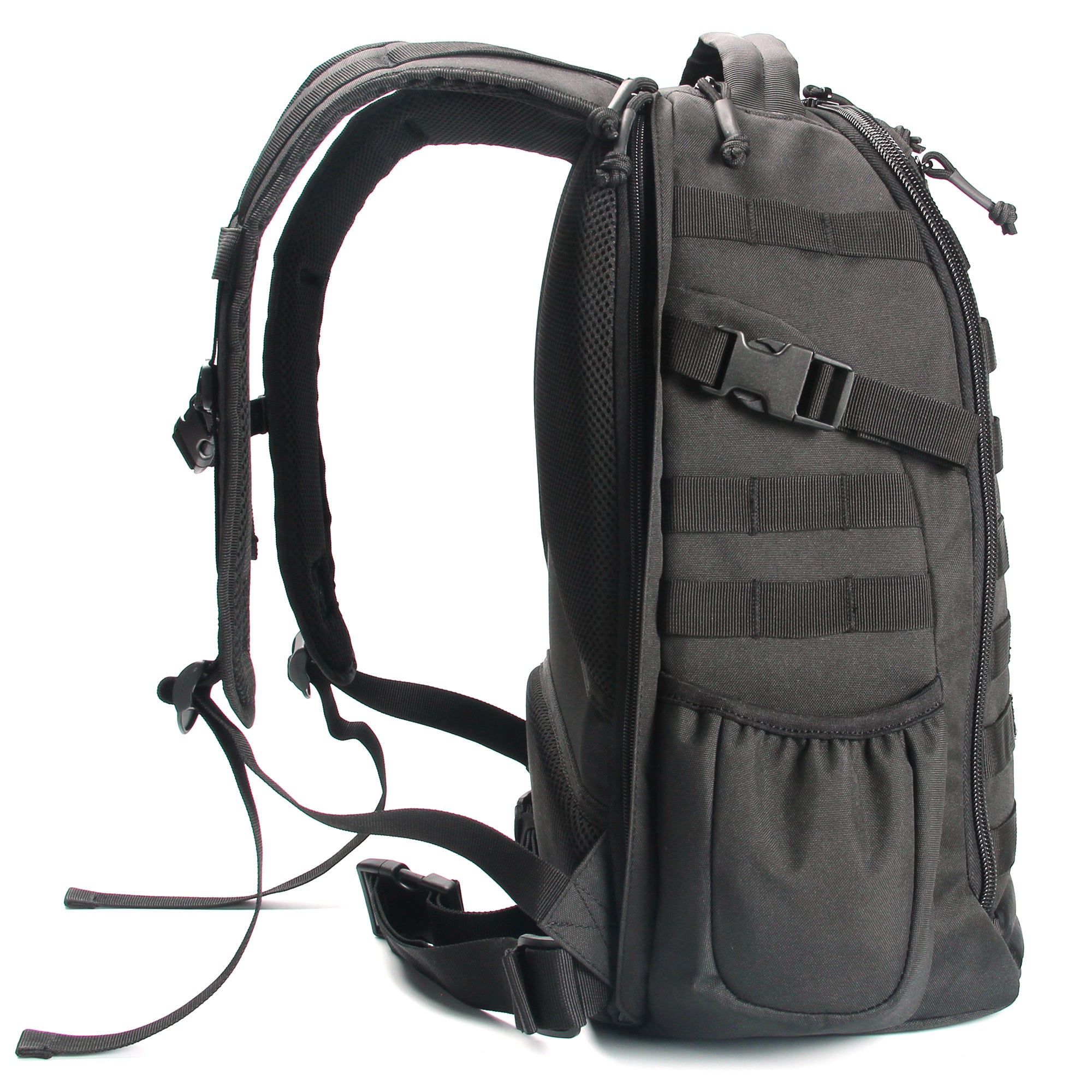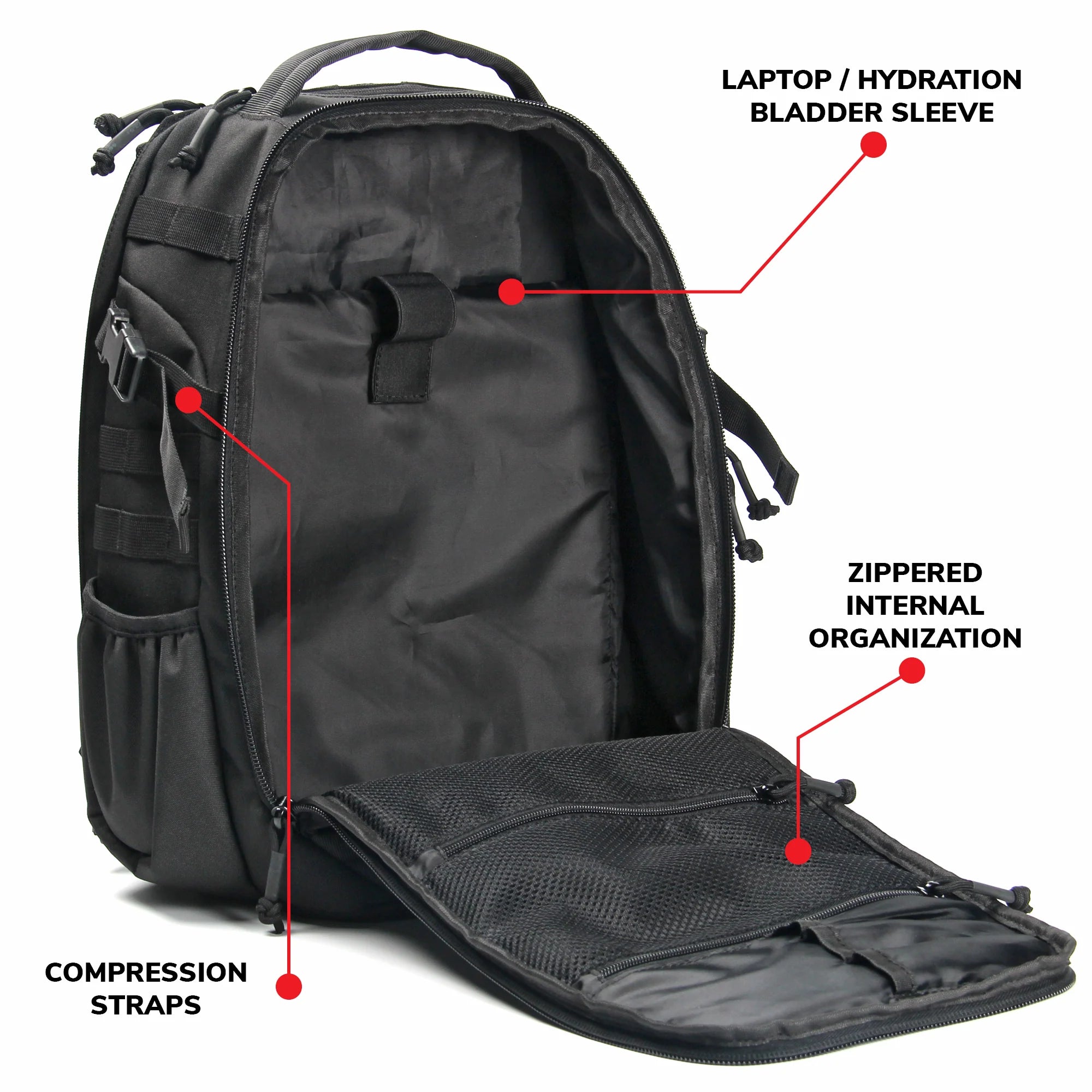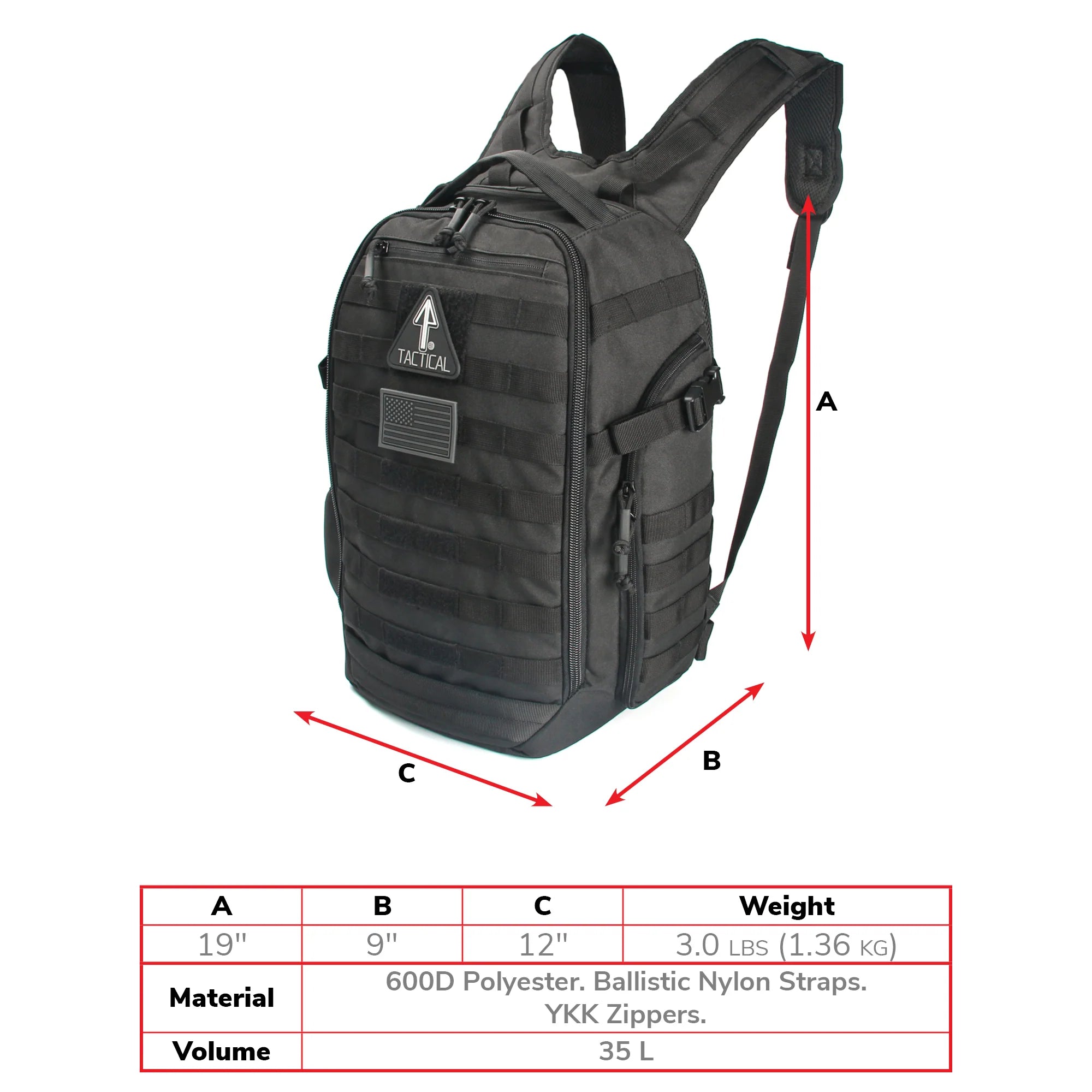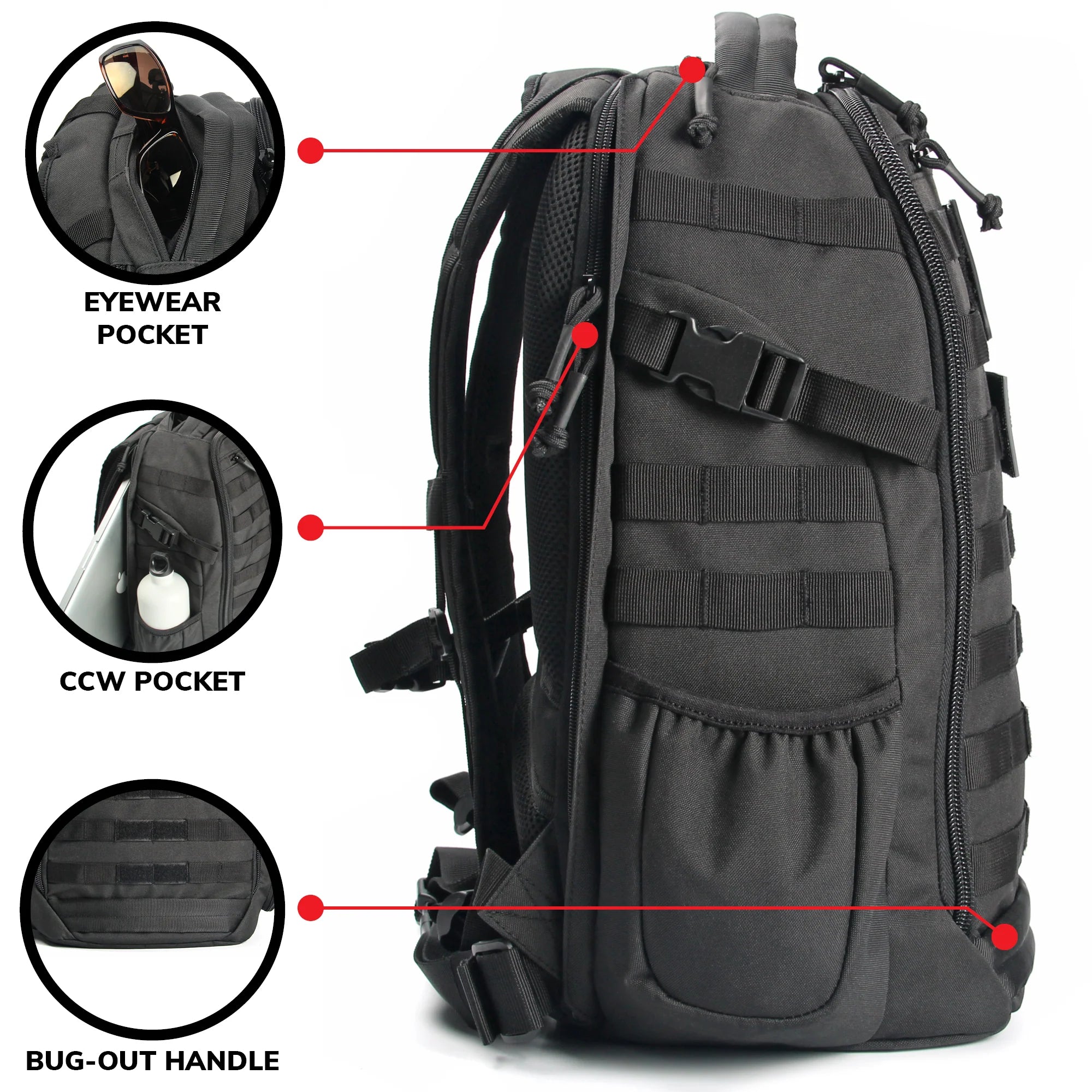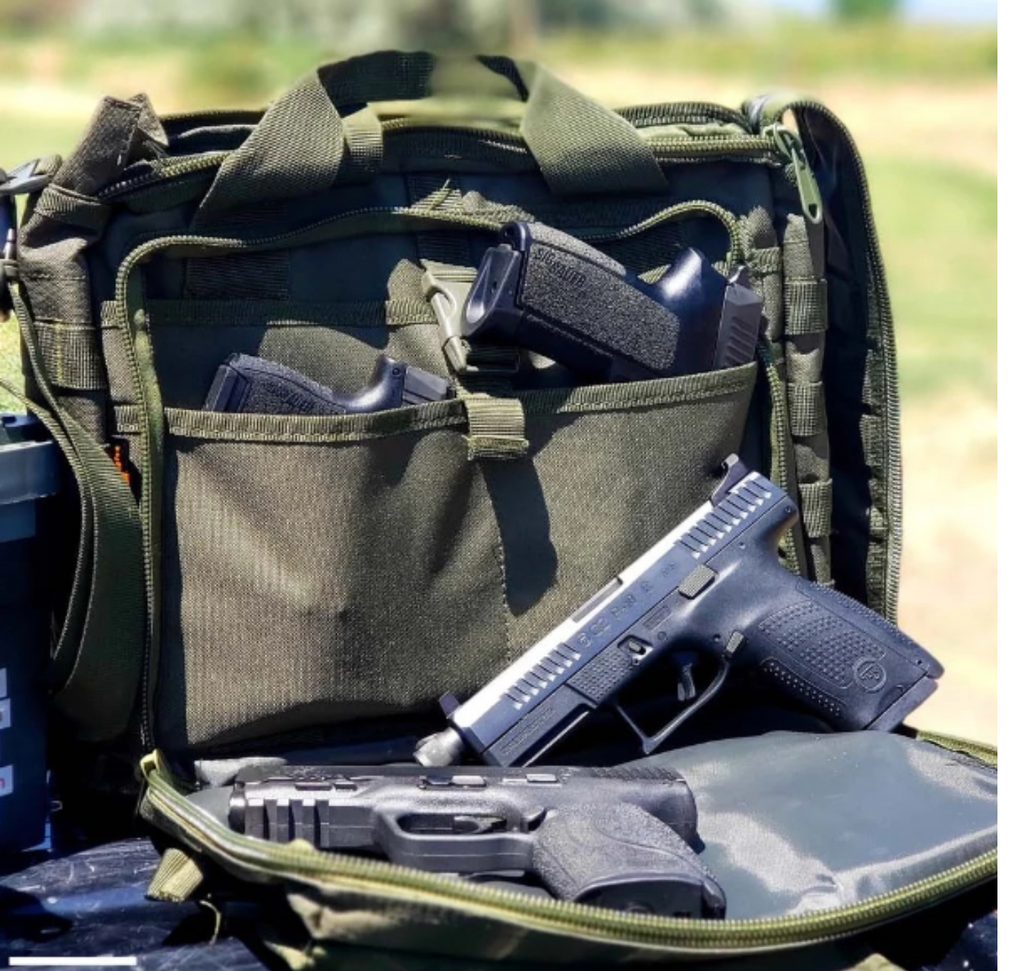
The funny thing about caring for firearms is that you end up acquiring more equipment that then needs its own maintenance, too! A range bag is certainly a smart investment—it keeps your guns and ammo safe, secure and organized on the go. And it helps you to act professional and look professional. You’ll project the image of a tactical pro.
It’s also a piece of tactical equipment that you’ve gotta take care of, though. That’s something that comes with being a tactical minded person. Range bag maintenance (plus cleaning) has to be respected as an important component of tactical preparation. And while you could pay for bag cleaning, you’ll want to know how to do it well in case you have to do the cleaning.
Plus, you can’t always depend on others to get the cleaning job right. It’s always better to do it yourself to be sure the job is done well!
Tactical Gear Care: Range Bag Maintenance Tips
Your tactical range bag should be able to withstand regular wear and tear. A good one is gonna be constructed from advanced materials that are both lightweight and durable, as well as water and puncture resistant. The 14er Tactical Range Bag is a good example. It’s made of high-grade polyester with sturdy ballistic nylon straps and quality zips.
Quality is significant as it lowers range bag maintenance requirements. A better range bag will not demand as much cleaning and maintenance compared to an inferior product.
Take note of any washing and laundry instructions that come with the product. File this information so that you can promptly consult it when needed. Tactical gear care begins with tactical preparation, after all.
Put together an all-purpose cleaning kit. You’ll want to choose a soap or cleaning liquid that is formulated for use with outdoor gear. Many commercial soaps are laden with chemicals and additives that can be highly abrasive—and risk causing harm to the bag material. While the range bag is built to be tough versus dirt, moisture and harsh conditions outdoors, it may have issues with strong chemicals. Best not to risk damaging it.
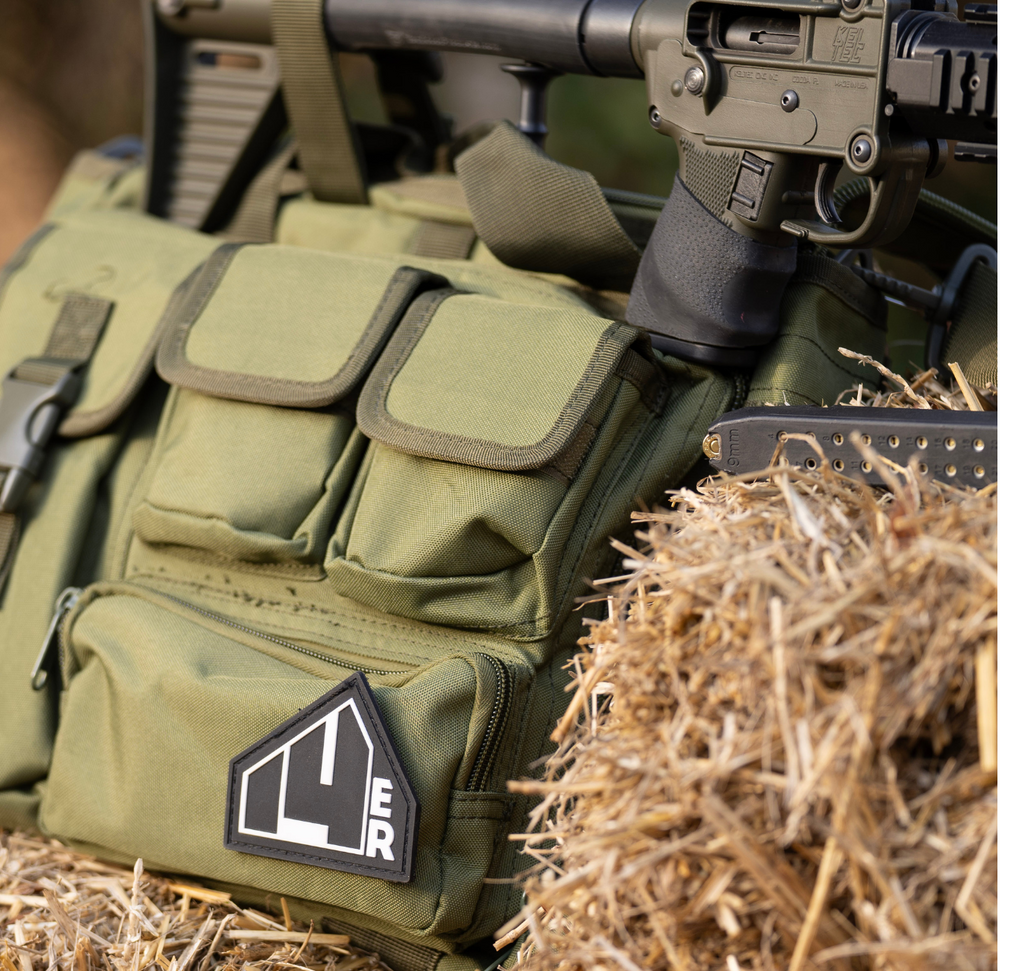
Products for Cleaning Range Bags
Your range bag cleaning kit selection should start with a natural enzymatic cleaning liquid. You can make your own enzymatic cleaner at home using citrus fruit peels, yeast, water and time to let the mixture sit. Enzymatic stain treatment products can also be bought at a store. We’ve tried Zout Laundry Stain Remover and can say it works quite well!
You can find products that are specially formulated for cleaning range bags and outdoor equipment. These include: Grangers Outdoor Gear Cleaner, NikWax Tech Wash, Nu Technical Detergent. Some tactical folks swear by Tide Purclean Unscented Detergent, which is less specialized but still a viable option. It’s a plant based detergent that has no dyes, perfumes, phosphates or other harmful additives.
Stock your kit with high quality microfiber cleaning cloths. These will be used to apply or wipe off cleaning products, buff the surface and practice outdoor gear hygiene on the go!
A handheld vacuum or air blower can prove quite handy. A bag can accumulate dust, debris and food crumbs in the interior compartments and exterior crevices. You’ll want to use something that can quickly remove the contaminants before washing or hand cleaning. We suggest trying a computer keyboard air blower—it does the trick!
Various brushes can be added to your kit. A good scrub brush, an old toothbrush, perhaps a makeup brush—this can loosen and remove debris without risk of any damage to the bag.
Tactical Gear Care: Cleaning Range Bags
The procedure for cleaning your range bag is simple and straightforward. Begin by emptying the bag and removing any organizational inserts and additions. Using your air blower, blast loose any debris on the bag’s interior and exterior areas. If necessary, go over the bag’s fabric with a handheld vacuum cleaner as well.
Use a combination of brushes and microfiber cloths to wipe the bag thoroughly. Then apply an enzymatic stain treatment and/or gear cleaner. Follow the instructions for the product. Let the bag stay wet with the cleaning solution for the length of time recommended by the instructions. Then wipe off the bag again.
You can then opt to apply a fabric sanitizer. This needs to be sprayed on the exterior surface of the bag.
If the bag ends up with persistent stains that couldn’t be removed, you can choose to cover them up. Morale patches can be applied over the stained areas. The patches will provide decoration while covering up the stains.
You probably won’t need to wash your range bag, but it is one possible option. Make sure that the bag’s fabric can be laundered, and take note of whether it needs to be hand washed or it can be machine washed. If you wash it in the machine, use a gentle wash cycle. Then hang-dry the range bag. See that it has fully dried before you start using it again.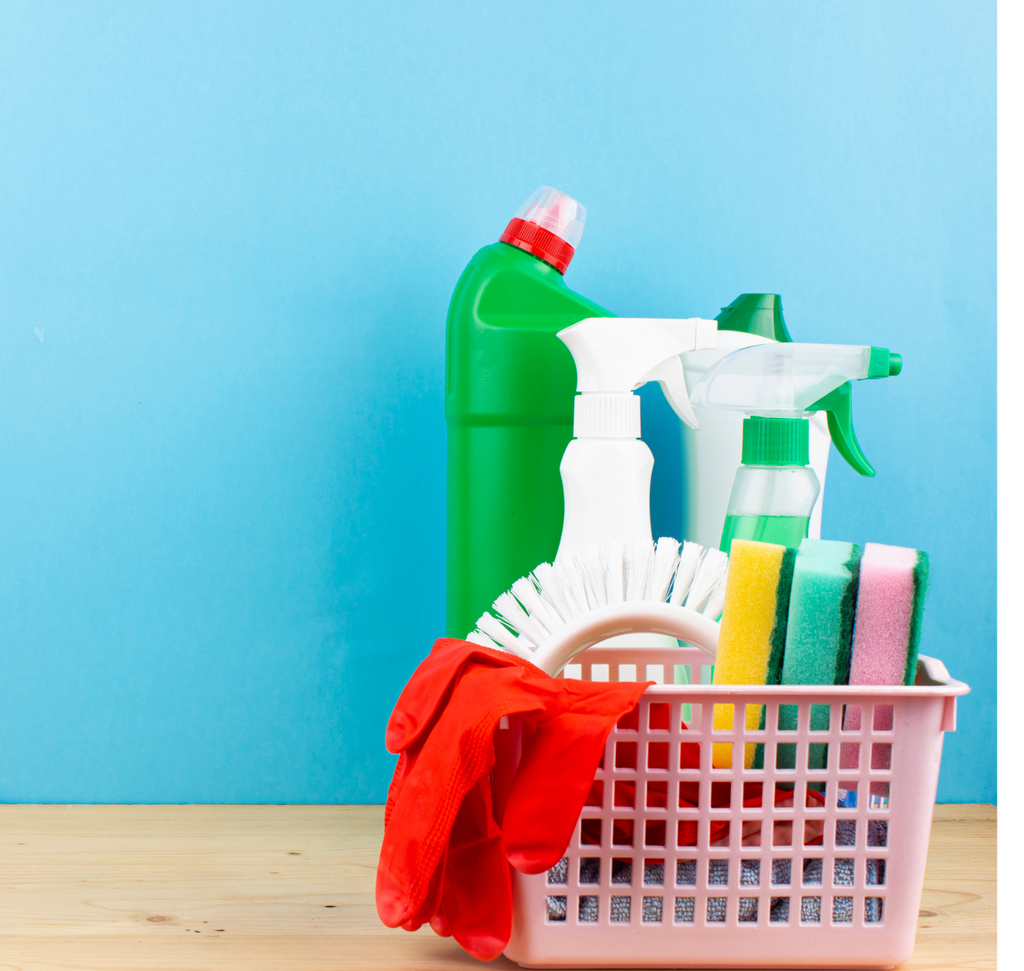
Outdoor Gear Hygiene Practices and Range Bag Organization Tips
Following hygienic practices will help you stay in good health. It only makes sense that a hygienic approach to bag handling will be good for the long-term health of your range bag.
Outdoor gear hygiene starts with proper storage of the range bag. You want to keep it in a cool, dry place for prolonged periods of storage. Even at the firing range, you should try to keep it away from moisture. A range bag exposed to wetness and humidity runs the risk of attracting mold. If that happens, your bag may get unsightly stains. Its structural durability could even be compromised.
Keep in mind these range bag organization tips: store gun oil and lubricants inside a zipper lock plastic bag when carrying them in the range bag. Pack a few towels or wipes as well. Oil, sweat, liquids and other contaminants can mark your bag. You’ll want to wipe off what you can and perform a more thorough cleaning to remove stains as soon as it is convenient.
A range bag can have a number of different functions. You can use it as an everyday carry bag, camera bag or even for outdoor adventuring. However you choose to use the bag, do what you can to avoid letting it get too dirty. If you expect to be carrying food items in the bag, for example, you might want to use snap lock containers or zipper lock plastic bags to prevent the spread of food oils and crumbs.
Don’t overload the range bag and don’t let it get disorganized. Inspect it regularly for signs of wear and tear. Minor rips and frayed threads should be dealt with before they get worse.
What should you keep in your range bag? It can be a versatile carrier, but generally speaking, you’ll be using it to hold guns, ammo, firearm accessories and first aid supplies. Here’s our ultimate checklist of items to pack in your range bag.
